- Home
- Italy Travel
- All Inclusive Resorts
- River Cruising
- Faith Based Travel
- Cruises
- Heritage Trips
- Culinary Travel
- Destinations
- Blog
- Contact
- Newsletter
- About
- Resources
- Services
- Christine's Travel Club
- The Gunny and The Grandma's Travel Club
- Victoria and Jared Destination Wedding 2024
- Campers Abroad Group Tours
What type of Style does Portugal have?The style of clothes in Portugal varies depending on the season and the occasion. Portugal has a Mediterranean climate with mild winters and warm summers, so the type of clothing you wear will largely depend on the time of year. If you're visiting Portugal in February, it's important to remember that it can still be quite chilly, particularly in the mornings and evenings. You'll want to bring layers, such as a sweater or jacket, that you can easily take off if the weather warms up during the day. For daytime activities, you can wear comfortable and casual clothing such as jeans, t-shirts, and sneakers or boots. You can also bring a scarf or hat to keep warm on cooler days. For evenings out, it's common to dress up a bit more, so you may want to bring a dress or nice pants with a blouse. It's also worth noting that February in Portugal is carnival season, so you may want to bring a fun and colorful costume if you plan to participate in any of the festivities. Overall, Portugal offers a diverse range of styles for every occasion, whether it's strolling through the streets or attending formal events. In Portugal, fashion is a vibrant and ever-changing scene. The locals are known for their effortless and laid-back style, often opting for comfortable and breathable fabrics to withstand the country's warm climate. When it comes to clothing, most Portuguese people favor practicality over trends. The country offers a range of fashion styles, from traditional and conservative to modern and chic. In recent years, urban centers such as Lisbon and Porto have seen a rise in streetwear culture. Young people often wear sneakers, oversized hoodies, and trendy sportswear while exploring the city. However, more formal clothing is required for events such as weddings or business meetings. Shopping is also a popular activity in Portugal, and there are many shopping districts and malls throughout the country. Brands such as Zara, Mango, and Bershka are ubiquitous, but there are also local boutiques and designers to explore. One of the most popular styles in Portugal is the colorful and flowy patterned dresses and skirts called "saias de folhos." These skirts are made with multiple layers of ruffles and are often paired with a simple blouse or top. For men, particularly in rural areas, a traditional costume called "traje" is still worn. This costume consists of wide-legged trousers, a vest, a jacket, and a hat. In recent years, urban centers such as Lisbon and Porto have seen a rise in streetwear culture. Young people often wear sneakers, oversized hoodies, and trendy sportswear while exploring the city. However, more formal clothing is required for events such as weddings or business meetings. Shopping is also a popular activity in Portugal, and there are many shopping districts and malls throughout the country. Brands such as Zara, Mango, and Bershka are ubiquitous, but there are also local boutiques and designers to explore. Packing for an 8-day trip to Portugal in February can be a bit challenging, as the weather can be unpredictable. However, with the right clothing and accessories, you can be prepared for whatever the weather brings. Here's a packing itinerary to help you plan for your trip to Porto, Lisbon, and Cascais: Clothing: - 2-3 pairs of comfortable, breathable pants - 4-5 long sleeve shirts or blouses - 1-2 sweaters or cardigans - 1-2 lightweight jackets or blazers - 1-2 pairs of comfortable walking shoes - 1-2 pairs of dressy shoes for evenings out - 1-2 scarves or shawls for layering - 1-2 hats or beanies for warmth - 1-2 pairs of gloves Accessories: - Lightweight backpack or tote bag for day trips - Umbrella or raincoat - Sunglasses - Swimsuit (if staying in Cascais) - Camera and charger - Adapter for Portugal's electrical outlets - Portable charger for your electronic devices - Travel-sized toiletries and any necessary medications Additional Items: - A good book to read during downtime - Travel guidebook or maps - Snacks for long car trips or flights Remember to pack clothing and accessories that are versatile and easy to layer, as temperatures can vary throughout the day. Don't forget to check the weather forecast a few days before your trip to ensure that you're prepared for any changes. With this packing itinerary, you'll be ready to enjoy all that Portugal has to offer, from the historic streets of Porto to the vibrant nightlife of Lisbon and the beautiful beaches of Cascais. Safe travels! #lay #PortugalFashion #FebruaryStyle #TravelAttire #PackingTips #WinterWardrobe #LisbonStyle #PortoFashion #TravelInStyle #CasualOutfit #PortugalFashion #FebruaryStyle #PackingTips 5. #WinterWardrobe #LisbonStyle #PortoFashion #TravelInStyle #WarmLayers #packingtips #europetravel #layeringtips #comfortabletravel AuthorHello fellow travel enthusiasts, Do you ever feel like you're stuck in the same old routine and wish you could break free and explore the world? Well, you're in luck, because I have the pleasure of introducing you to two of the most adventurous travel advisors out there - The Gunny USMC Ret and The Grandma Travel Advisor Extraordinaire. These two travel gurus are constantly on the move, traveling around the world and experiencing everything that this amazing planet has to offer. And the best part? They're sharing their epic journeys with all of us! So buckle up and get ready to join The Gunny and The Grandma on their thrilling adventures. From exotic locales to off-the-beaten-path destinations, they have a wealth of travel knowledge and insider tips to share with all of us. Let's explore the world together!
0 Comments
Have you ever heard of the Bone Church in Kutná Hora, Czech Republic? This unique chapel, also known as Sedlec Ossuary, is decorated with bones that have been meticulously arranged into chandeliers, pyramids, and even a coat of arms. It's a fascinating and slightly eerie tourist attraction that is not to be missed if you find yourself in the area. The Bone Church has a fascinating history. The chapel was originally built in the 13th century, and the site became a popular burial ground due to its location near the Abbey of Sedlec. In the 14th century, the Black Death swept through Europe, and over 30,000 people were buried in the cemetery. In the 16th century, a half-blind monk was tasked with exhuming the bones and stacking them in the crypt. The monk's intricate designs inspired the current bone decorations, which were completed in the 19th century. The decoration of the chapel with human bones is a unique example of the medieval concept of "memento mori," a Latin phrase meaning "remember you must die." The chapel is a reminder of the fragility of life and the inevitability of death. It's both fascinating and slightly macabre, but definitely worth a visit. Aside from the Bone Church, Kutná Hora has plenty of other historical sites to explore, including the Gothic St. Barbara's Church and the Italian Court, a former royal palace that now serves as a museum. If you're looking for a unique and memorable tourist attraction, the Bone Church in Kutná Hora certainly fits the bill. It's a fascinating example of the intersection of art, culture, and history, and an eerie reminder of the fragility of life. To get to Kutná Hora, you can take a train from Prague, which takes about an hour. Once you arrive, it's a short walk to the town square, where you can catch a local bus to the Bone Church. The journey only takes around 10 minutes, and the buses run regularly throughout the day. We took a private driver as we were on our way to Prague from a visit to various regions in Germany. You can check out a great tour to Kunta Hora from Prague and it's private so you really get a great experience. AuthorsHello fellow travel enthusiasts, Do you ever feel like you're stuck in the same old routine and wish you could break free and explore the world? Well, you're in luck, because I have the pleasure of introducing you to two of the most adventurous travel advisors out there - The Gunny USMC Ret and The Grandma Travel Advisor Extraordinaire. These two travel gurus are constantly on the move, traveling around the world and experiencing everything that this amazing planet has to offer. And the best part? They're sharing their epic journeys with all of us! So buckle up and get ready to join The Gunny and The Grandma on their thrilling adventures. From exotic locales to off-the-beaten-path destinations, they have a wealth of travel knowledge and insider tips to share with all of us. Let's explore the world together! Looking for a European destination that's off the beaten track? Look no further than Budapest, Hungary! This hidden gem has something for everyone, from its rich history and culture to its delicious food and bustling nightlife. Keep reading to discover some of the best things to do in Budapest and why it's worth adding to your travel bucket list. Culture and History Budapest is a city steeped in history, and it's impossible not to feel its presence as you walk its streets. A great place to start exploring the city's history is at Buda Castle, which dates back to the 13th century. The castle offers stunning views of the city and houses the Hungarian National Gallery and the Budapest History Museum. Another must-visit destination for history buffs – and anyone interested in architecture – is the Hungarian Parliament Building, one of the most iconic buildings in Budapest. The 96-meter-tall Gothic Revival-style building is the largest in Hungary and houses the country's parliament. Food and Drink Hungarian cuisine is famous for its hearty stews, delicious pastries, and cured meats. A visit to Budapest would not be complete without trying some Hungarian dishes, and one of the best places to start is at the Great Market Hall. This bustling indoor market is a foodie's paradise, with stalls selling everything from fresh produce to homemade pastries and sausages. For a taste of traditional Hungarian cuisine, head to a local restaurant, where you can sample dishes like goulash, a hearty meat stew served with paprika and potatoes, or chimney cake, a sweet pastry cooked over an open flame. Nightlife Budapest is known for its lively nightlife scene, and there's no shortage of bars, clubs, and pubs to choose from. One of the most unique places to visit is one of Budapest's famous ruin bars, which are located in abandoned buildings and courtyards throughout the city. These quirky bars are filled with vintage furniture, eclectic decor, and a laid-back atmosphere. If you're looking for something a little more upscale, Budapest has plenty of stylish bars and clubs, many of which offer stunning views of the city. Budapest is a city with a rich cultural heritage, delicious food, and a vibrant nightlife. With so much to see and do, it's easy to see why it's becoming an increasingly popular tourist destination. Whether you're interested in exploring the city's history, trying new foods, or dancing the night away, Budapest has something for everyone. Author Hello, fellow wanderers! I'm Teresa Halsey Hollar, and as a seasoned travel agent, explorer, and true travel enthusiast, From a young age, I've been captivated by the allure of discovering new places and cultures. My heart beats for the excitement of adventure, the enchantment of exploring historical landmarks, and the thrill of tasting delicious cuisines from around the world. While my passion for travel extends to every corner of the globe, I have developed a deep expertise in some extraordinary destinations. Yet, Italy holds a special place in my heart, and I have traversed its picturesque landscapes, from the rolling vineyards of Tuscany to the historic wonders of Rome. European countries have also been my playground, and I've curated unforgettable itineraries for exploring the diverse beauty of this enchanting continent. Life is meant for exploration. "Discovering the Charm of Lisbon in 48 Hours: A Relaxing Itinerary for Foodies and Culture Seekers"3/22/2023 Lisbon, the capital city of Portugal, is a beautiful destination for a relaxed visit. With its stunning views, delicious cuisine, and rich history, there's something for everyone to enjoy. Whether you're a foodie, a history buff, or just looking for a relaxing getaway, Lisbon has it all. In this two-day itinerary, we'll guide you through some of the city's must-see attractions, while still allowing plenty of time to take it easy and soak up the local culture. Day 1: Exploring the Old Town and Belém - Start your day by exploring the charming streets of the Old Town, which is full of narrow alleys, colourful houses, and beautiful viewpoints - Visit the famous Rossio Square and admire the beautiful fountains and architecture - Stop by the Lisbon Cathedral and see the beautiful Gothic architecture - In the afternoon, head to the Belém neighborhood and visit the famous Padrão dos Descobrimentos, a monument that celebrates Portugal's age of exploration - Visit the Jerónimos Monastery, a UNESCO World Heritage site, and admire its stunning Manueline architecture - Enjoy some delicious Pastéis de Belém, a local pastry that's famous all over the world Looking for a hidden gem in Lisbon, Portugal? Look no further than the Amfaro region. This vibrant neighborhood is known for its stunning street art and rich cultural history. From colorful murals to thought-provoking graffiti, the streets are filled with creative expression and artistic flair. Wander through the winding streets and discover the stories behind each piece of art. The Amfaro region is also home to some of the best food and drink in Lisbon, with quaint cafes, lively bars, and delicious restaurants waiting to be explored. So, if you want to experience a unique side of this beautiful city, add Amfaro to your itinerary. You won't regret it. Day 2: Sintra and the Palace of Pena - Take a day trip to Sintra, a charming town that's located just outside Lisbon (approx. 45 min drive) - Visit the Palace of Pena, a stunning castle that's known for its bright colours and beautiful gardens - Explore the charming streets of Sintra and admire the local architecture - Stop by Quinta da Regaleira, a beautiful palace that's known for its unique architecture and mystical gardens - Head back to Lisbon in the afternoon and visit the São Jorge Castle, a historic fortress that offers stunning views of the city End your trip by enjoying some delicious Portuguese cuisine and soaking up the local culture in one of Lisbon's many cafes or restaurants. Lisbon is a destination that's perfect for a relaxed visit, with plenty of opportunities to explore, indulge, and unwind. We hope this two-day itinerary has helped you plan your next trip to this beautiful city. AuthorsHello fellow travel enthusiasts, Do you ever feel like you're stuck in the same old routine and wish you could break free and explore the world? Well, you're in luck, because I have the pleasure of introducing you to two of the most adventurous travel advisors out there - The Gunny USMC Ret and The Grandma Travel Advisor Extraordinaire. These two travel gurus are constantly on the move, traveling around the world and experiencing everything that this amazing planet has to offer. And the best part? They're sharing their epic journeys with all of us! So buckle up and get ready to join The Gunny and The Grandma on their thrilling adventures. From exotic locales to off-the-beaten-path destinations, they have a wealth of travel knowledge and insider tips to share with all of us. Let's explore the world together!
Discover Romania and Discover SibiuLocated in the heart of Romania, Sibiu is a city that's rich in history and culture. This medieval town is known for its cobblestone streets, colorful houses, and stunning Gothic architecture. If you're planning a trip to Romania, Sibiu should definitely be on your list of must-see destinations. One of the top attractions in Sibiu is the Old Town. This historic district is home to some of the city's most iconic landmarks, including the Brukenthal National Museum, which houses an impressive collection of European art and artifacts. The Old Town is also home to the Piata Mare, a bustling square that's lined with cafes, shops, and historic buildings. If you take a look at the photo above it is The Bridge of Lies and is one of the most famous landmarks in the city, and it's a must-see for any visitor. This pedestrian bridge was built in the 19th century and is located in the historical center of Sibiu. The bridge got its name from the fact that it was once used as a place where traders would come to make deals and tell lies. Legend has it that if someone told a lie while crossing the bridge, it would creak and groan, exposing their deceitful words. Although this might just be a myth, it adds an extra layer of intrigue and mystery to the bridge. Today, the Bridge of Lies serves as a popular tourist attraction, and visitors can walk across it while admiring the colorful buildings and stunning views of the city. The bridge is made of iron and decorated with intricate details, making it a beautiful piece of architecture in its own right. As you cross the bridge, take a moment to appreciate the stunning view of the Lower Town, with its rows of pastel-colored buildings and winding streets. The bridge is also a perfect spot for taking photos, as it offers a unique perspective of the city. Overall, the Bridge of Lies is an iconic symbol of the city of Sibiu and its rich history. Whether you believe in the legend or not, it's worth a visit to see this beautiful piece of architecture and take in the stunning views of the city. Don't forget your camera – you won't want to forget this experience! Another must-see attraction in Sibiu is the ASTRA National Museum Complex. This open-air museum is located just outside the city and features over 100 traditional Romanian buildings, including farmhouses, windmills, and churches. Visitors can take a stroll through the museum and get a glimpse into the country's rural heritage. If you're interested in architecture, a visit to the Sibiu Evangelical Cathedral is a must-do. This stunning Gothic cathedral was built in the 14th century and is known for its intricate carvings and stained glass windows. From the top of the cathedral tower, you can enjoy breathtaking views of the city. If you're interested in architecture, a visit to the Sibiu Evangelical Cathedral is a must-do. This stunning Gothic cathedral was built in the 14th century and is known for its intricate carvings and stained glass windows. From the top of the cathedral tower, you can enjoy breathtaking views of the city. Additional cultural things to do can be found here. Sibiu is also a great place for foodies. You'll find plenty of traditional Romanian restaurants throughout the city, serving up local favorites. Sibiu, Romania is a city with a rich cultural heritage that is reflected not only in the architecture but also in its traditional local cuisine. The cuisine of Sibiu is a mixture of Romanian, German, and Hungarian influences that have blended together to create unique flavors and dishes. One of the most popular traditional dishes in Sibiu is called "Mititei," which is a type of sausage made from minced meat and spices. It is usually served with mustard and a cold beer, and it's considered a snack that can be found in street vendors or local restaurants. Another must-try local dish is called "Ciorba de perisoare," which is a soup made with meatballs, vegetables, and sour cream. It is a comforting and warm dish and can be found in almost any restaurant or local eatery. If you're looking for something sweet, then you have to try the "Papanasi," which is a type of doughnut made with cottage cheese and served with sour cream and berry jam. It's a delightful and indulgent treat, and it's a perfect way to end a satisfying meal. Sibiu offers a variety of other traditional dishes that are worth a try. Most of these dishes are rich in various meats, pasta, and potatoes, making them perfect for fueling your long day of exploring the city. Overall, the traditional local cuisine in Sibiu is a reflection of the city's unique cultural heritage. The blend of Romanian, German, and Hungarian flavors and ingredients creates a delicious and diverse culinary experience that every traveler should try. So, make sure you take some time to indulge in the local cuisine during your visit to Sibiu. like sarmale (cabbage rolls), mici (grilled meatballs), and papanasi (sweet cheese dumplings). And of course, no visit to Romania would be complete without trying the country's famous plum brandy! There are plenty of options for accommodations in Sibiu, from charming guesthouses to luxurious hotels. One of the most popular options is the Hotel Imparatul Romanilor, which is located in a historic building in the heart of the Old Town. We stayed at Casa Timpuri Vechi and it is situated right in town. We enjoyed it. It's on a little side street and it does get traffic but quieter than one of the busier streets. Lastly but not least at all is Hotel Casa Luxemburg new quaint and efficient Sibiu is a city that's full of charm and character. From its rich history to its stunning architecture and delicious cuisine, there's something for everyone to enjoy. So pack your bags and head to Sibiu for an unforgettable travel experience! Authors |
| | |
We really enjoyed this itinerary, and I can’t wait to experience it again. Maybe next year.
We opted for a pre-cruise stay in Paris on one of our European River Cruises on the Rhine. We then simply took the train to Amsterdam to catch our River Cruise.
Visiting the Italian Lakes regions of Northern Italy you will discover it has a charm all it's own. It's where you can immerse yourself in one-of-a-kind experiences and gorgeous accommodations. I am thrilled to share what I have learned with you.
Lake Como is also a food lover's paradise. On Lake Como, you can eat risotto by a waterfront ristorante or enjoy a private tasting with a family of cheesemakers! Many food artisans here preach a "zero kilometer" philosophy --using ONLY ingredients cultivated within the surrounding 1 kilometer! Como glistens. Como enchants. Como makes the mouth water.
I'm delighted to share with you 3 Must-Try Foods on Lake Como:
While most Americans associate Italy with pasta, it's actually more common to find risotto in much of Northern Italy. Treat yourself to a creamy bowl of risotto --typically topped in healthy perch filets or decadent white truffles!
2.Taleggio & Gorgonzola.
Italy's northern regions are famed for creamy, ripened cheeses --like, gorgonzola (a blue cheese) and taleggio (a semisoft cheese). Travelers can experience a private tasting with the locals that produce them --nibbling in the cellars where the cheese is aged!
3. Prosciutto
Framed by green valleys and snow-capped Alps, the land around Lake Como nourishes numerous farms. Near the town of Lecco, you can taste prosciutto at a family-run farm. In business for over 60 years, the farm prides itself on traditional Slow Food techniques. You'll get to hear family stories and tour the caves where the prosciutto is crafted!
With your Lake Como food and Wine Tour you will
- Explore Lake Como’s unique cuisine with three culinary stops in one day
- You will have lunch in a gourmet restaurant on the northern end of the lake
- Enjoy a farm tour and tasing of craft cheeses and fresh gelato
- Stop at a cellar to taste local wines paired with cold cuts.
With your Lake Como Food Tour you will
- Eat like a local with a guided food and wine tour through the center of Como
- Sample traditional fare like polenta and nuvola cake, plus area wines
- Discover favorite restaurants and cafes known only to locals
- Enjoy personal attention and a relaxed pace of a small-group tour
With you very own cooking class you will join others to discover the secrets of authentic Italian cuisine. It is here you will visit a traditional villa on the banks of Lake Como for this home cooking experience. Your in Lake Como so of course it is in a Villa. Get hands-on as you prepare a variety of appetizers, pastas, and meat dishes. Of course after you prepare your dishes you will experience everything you have just created with the accompaniment of a local wine and dessert.
With your Luxury Lake Como Cooking Class with a Chef in Bellagio you will
- Experience a cooking class in a villa on Lake Como
- Get hands-on as you learn to make pasta dishes, appetizers, and other Italian specialties
- Master tips and techniques from a professional chef at a family -owned restaurant
- Dine on a delicious home-cooked lunch, including dessert and wine
- Enjoy a fun and educational experience, suitable for all abilities
- Small group tour limited to 12 people ensures a personalized experience.
The menu of authentic travel options is endless! I'd love to share with you the Europe few tourists ever experience. Let me reach out to my Italy contacts and let us curate your Italian Lakes experience.
#italytravel #italyfoodie #foodietravel #lakecomo #travelwithgraceandstyle #travelbetter #italytravelagent #travelagentpittsboro #travelagentchapelhill #instatravel #culinarytravel #cookingitaly #travelbetter #instafoodie
Author
Teresa is the owner and lead agent at Travel with Grace and Style and has been in the travel industry for over 25 years. She currently loves traveling throughout the world discovering new and old places with her husband Paul.
Teresa H.
Frequent traveler,
occasional blogger...
Archives
December 2023
September 2023
July 2023
May 2023
March 2023
November 2022
October 2022
September 2022
September 2021
April 2021
January 2021
November 2019
September 2019
April 2018
Categories
All
All Inclusive Resorts
Czech Republic
Europe
Italy Travel
Jamaica
Portugal Travel
River Cruising
Romania
Sandals Resorts
- Home
- Italy Travel
- All Inclusive Resorts
- River Cruising
- Faith Based Travel
- Cruises
- Heritage Trips
- Culinary Travel
- Destinations
- Blog
- Contact
- Newsletter
- About
- Resources
- Services
- Christine's Travel Club
- The Gunny and The Grandma's Travel Club
- Victoria and Jared Destination Wedding 2024
- Campers Abroad Group Tours
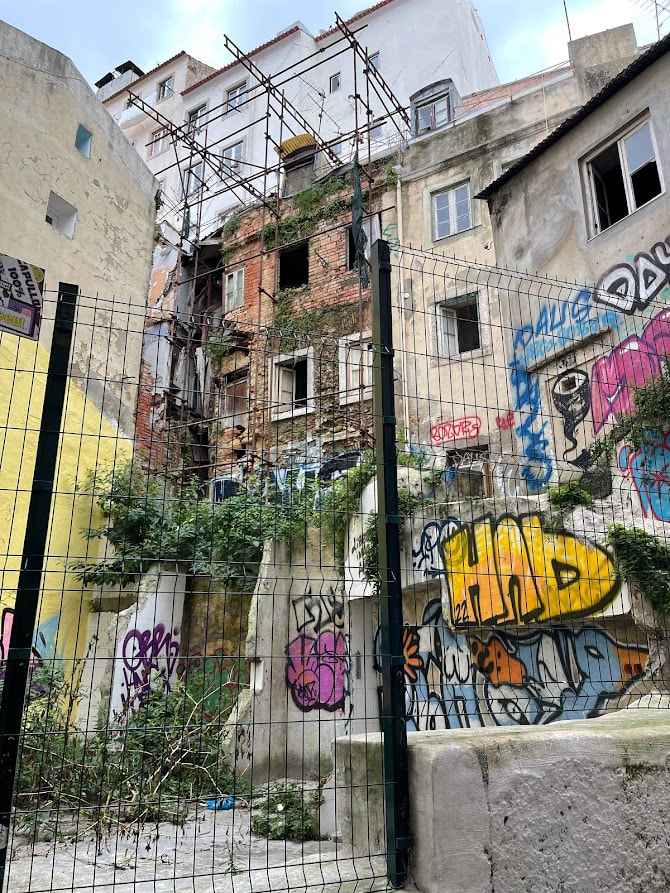
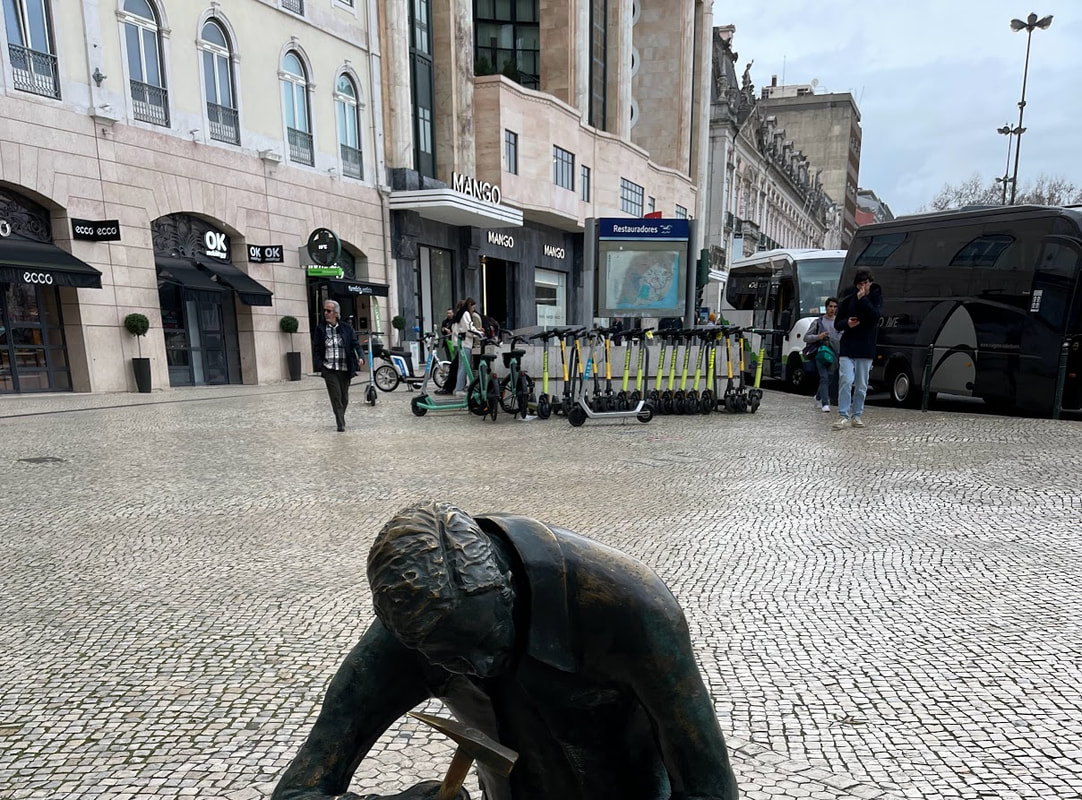
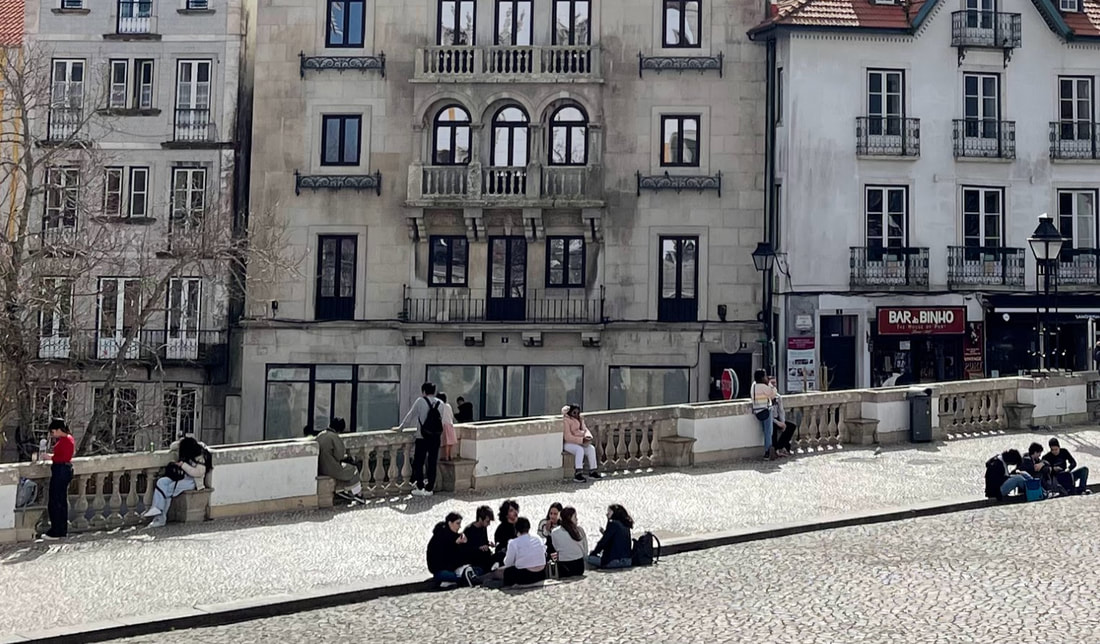

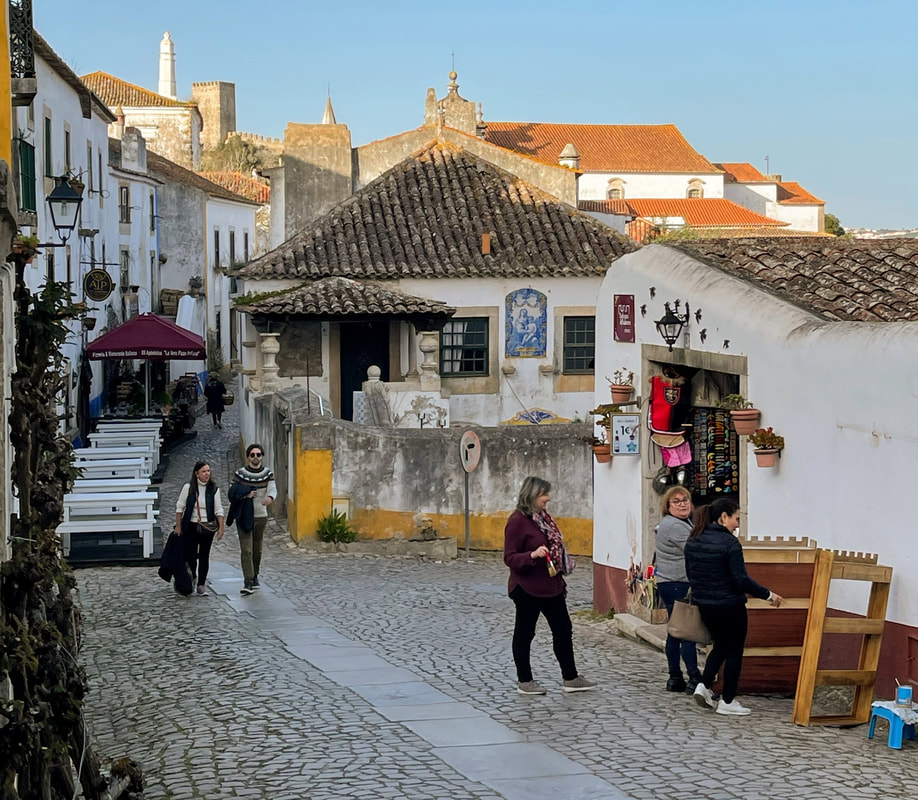

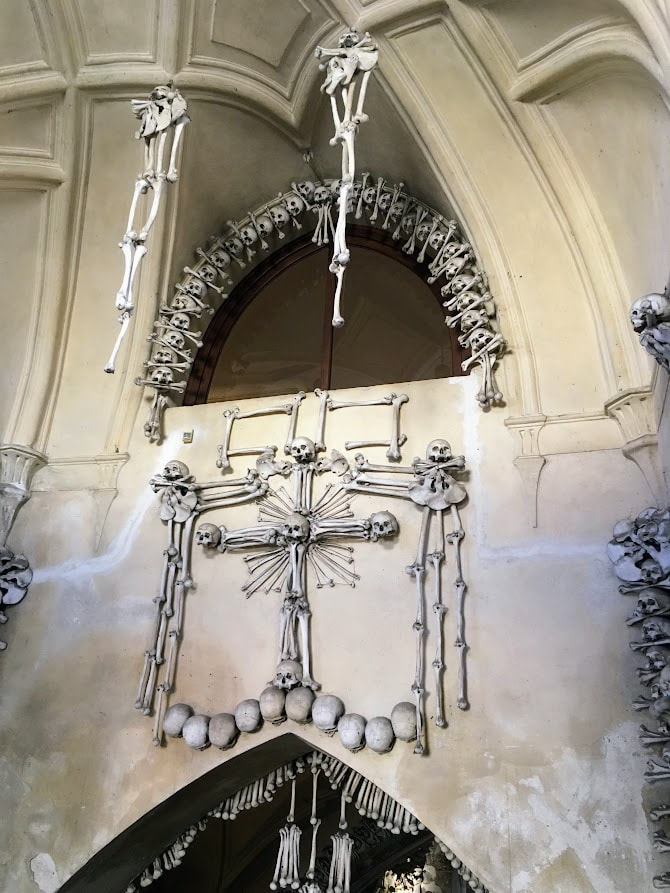
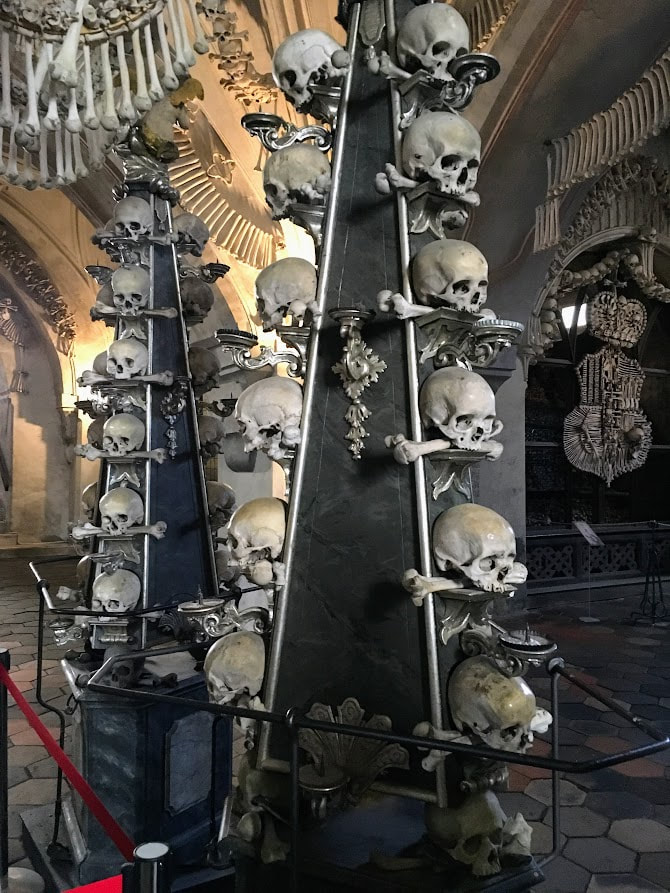
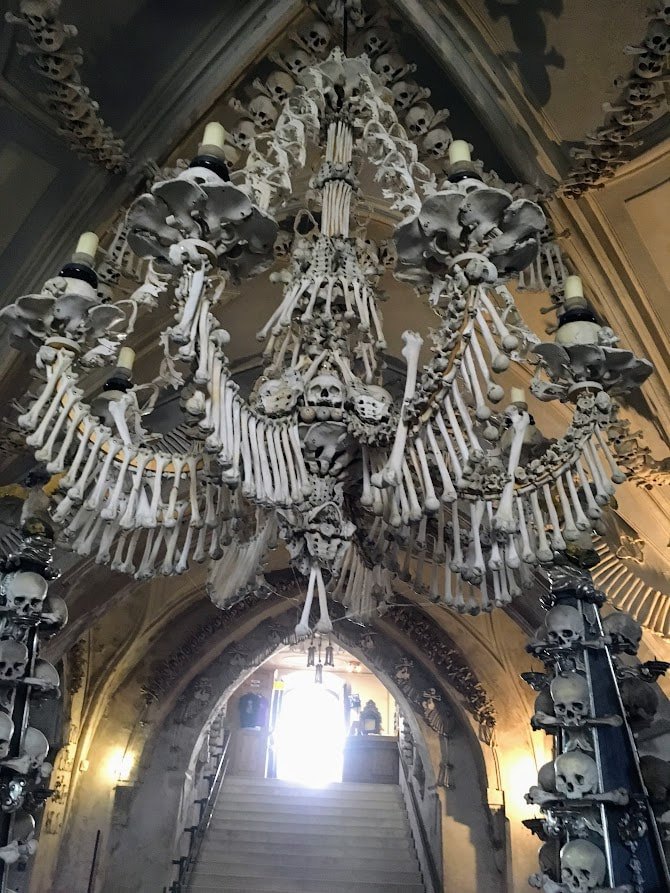
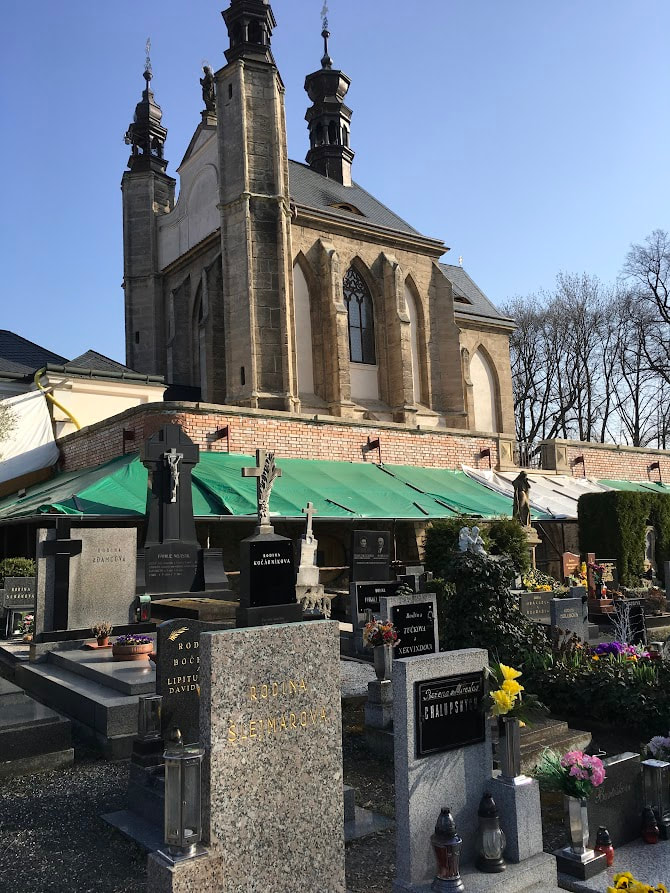
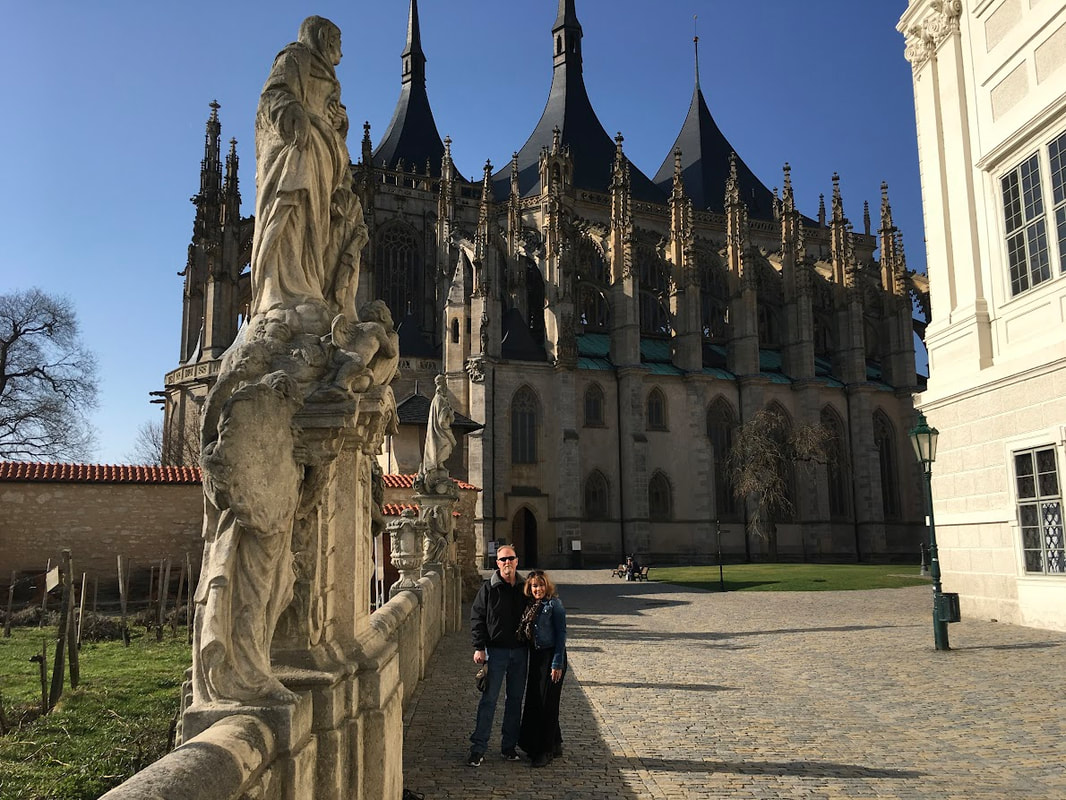
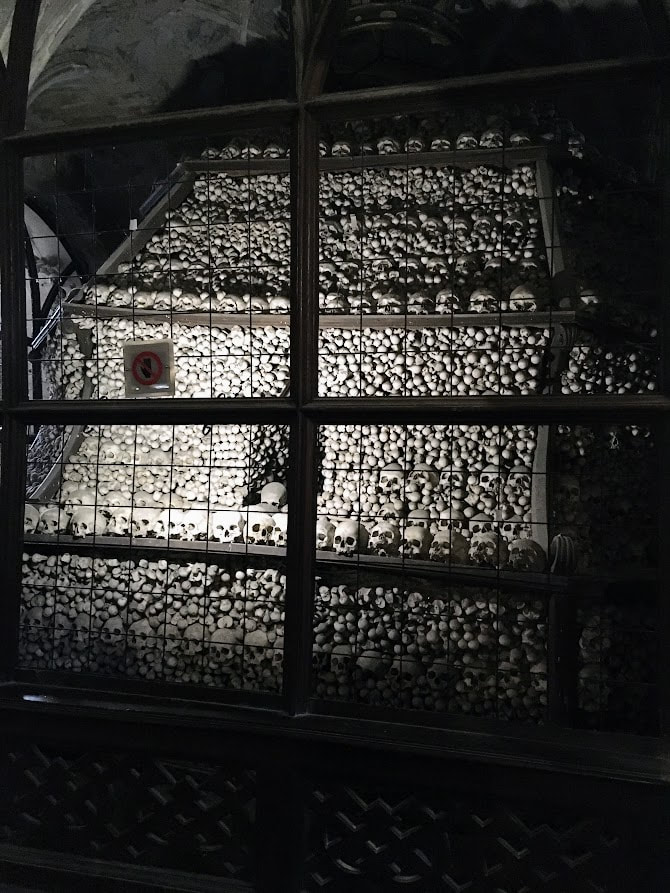

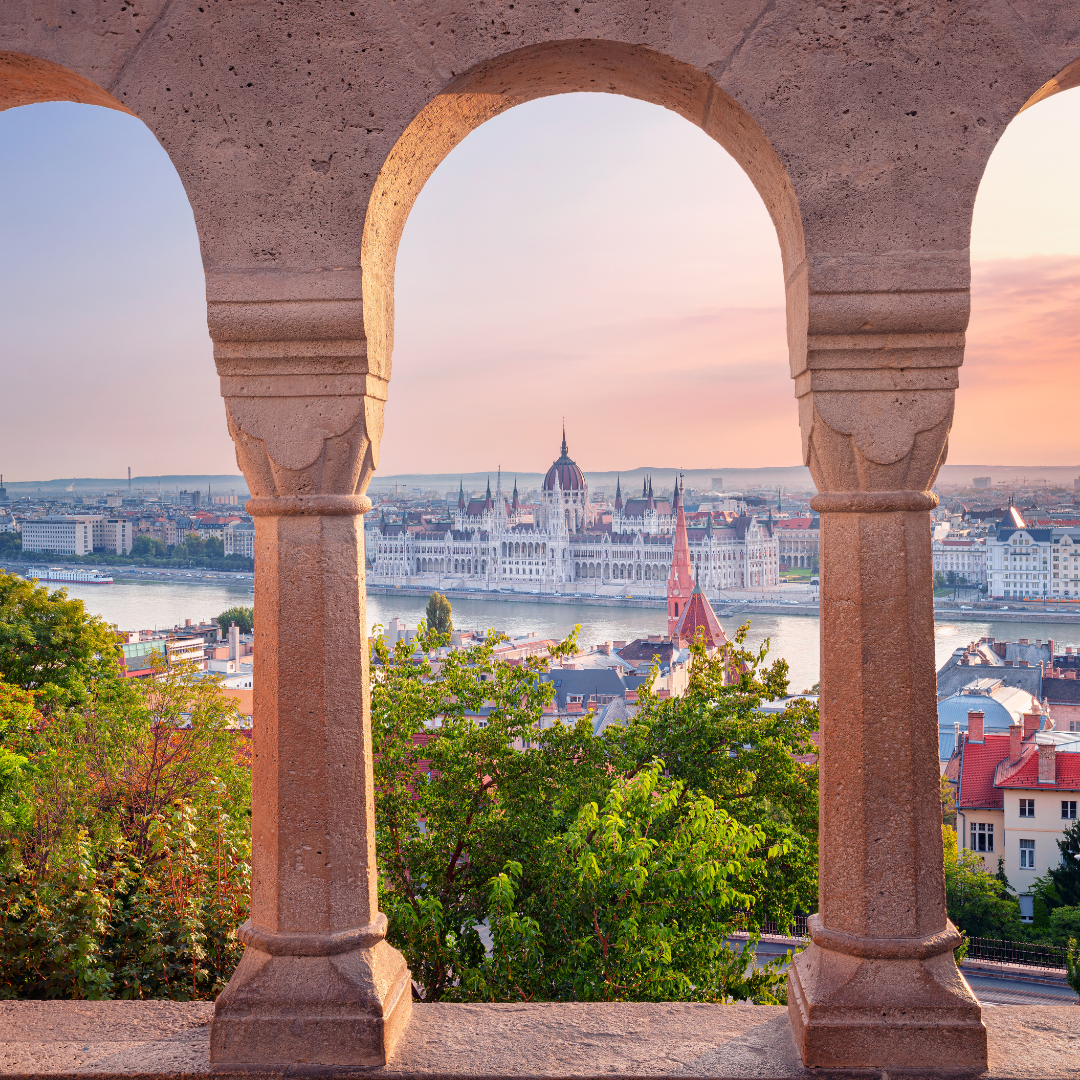
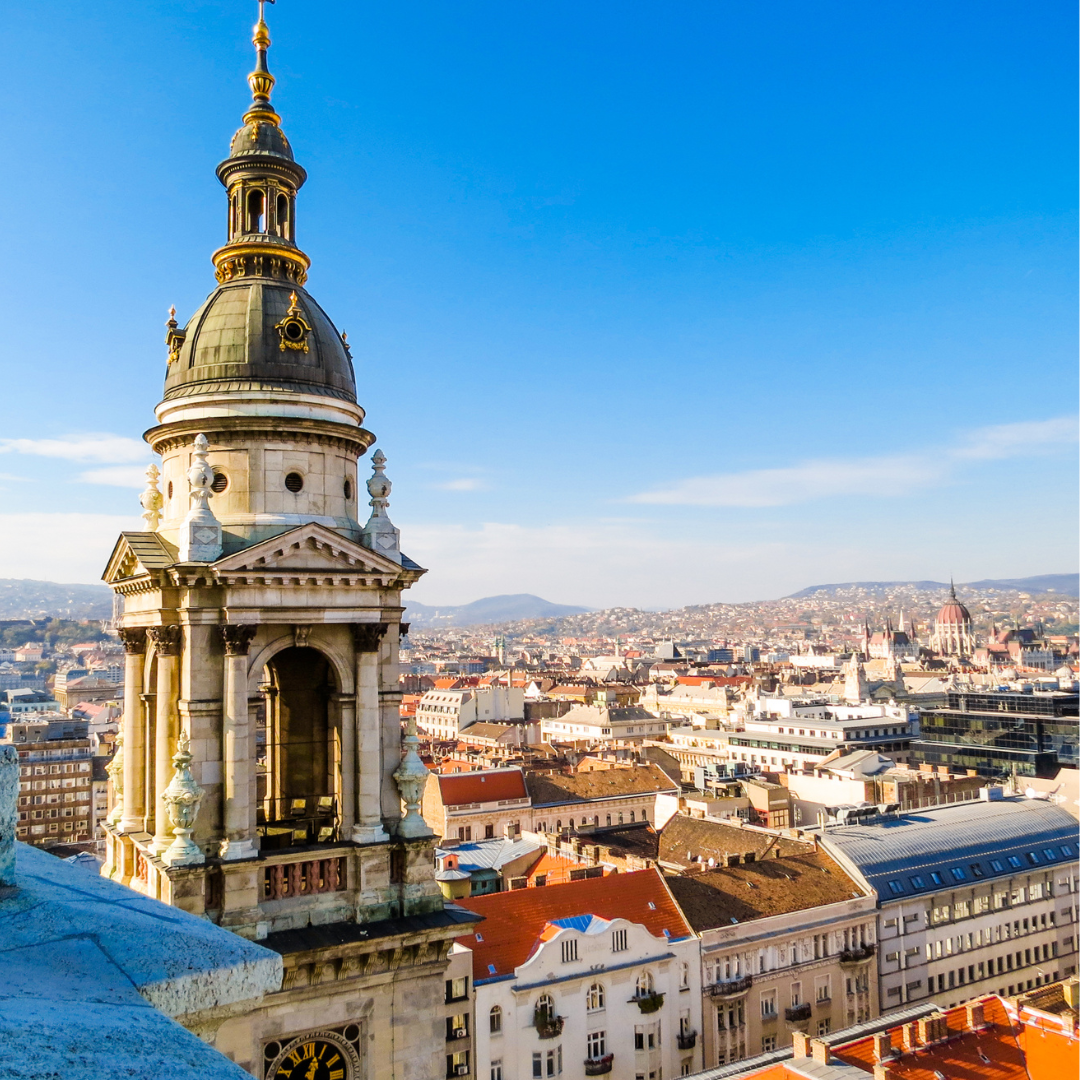

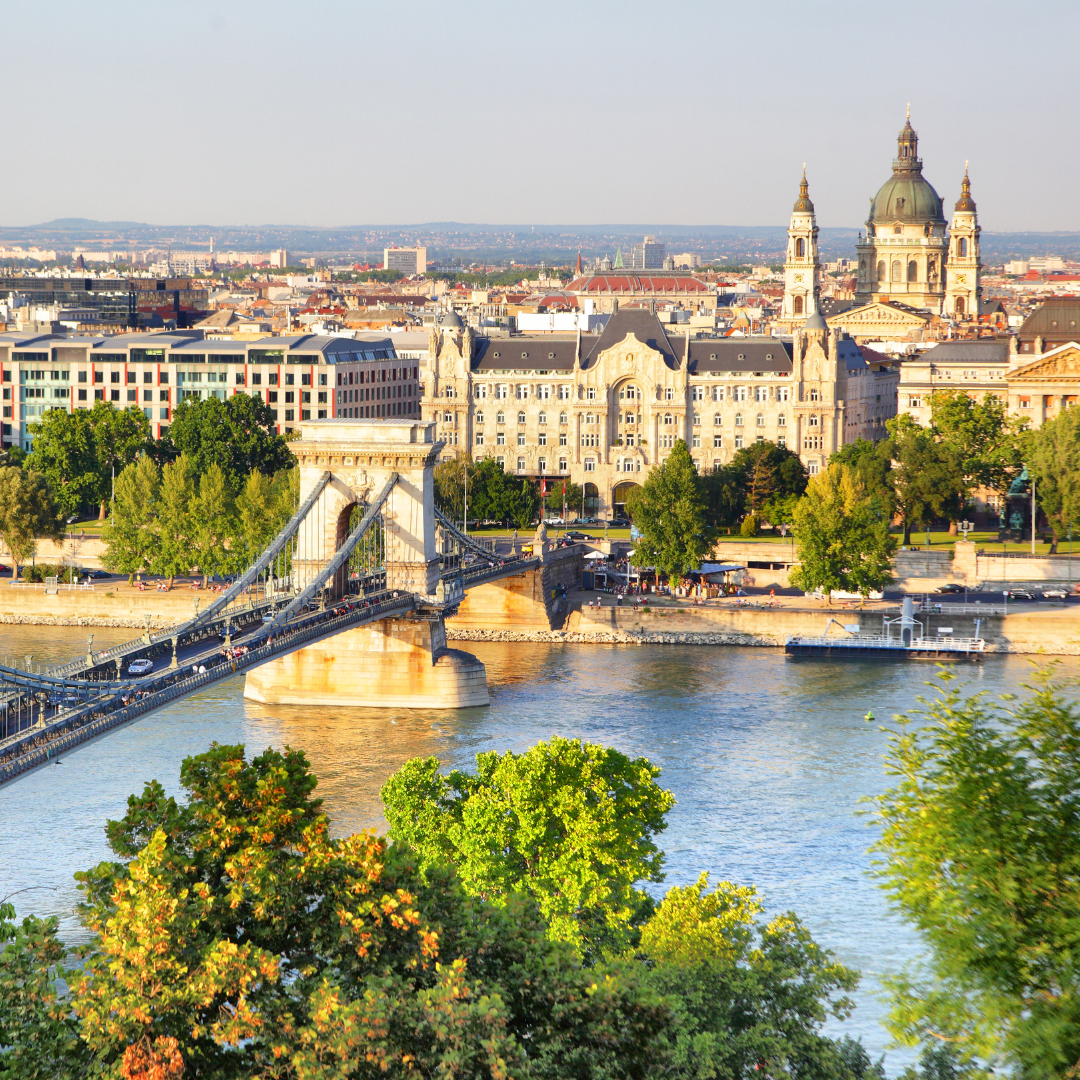

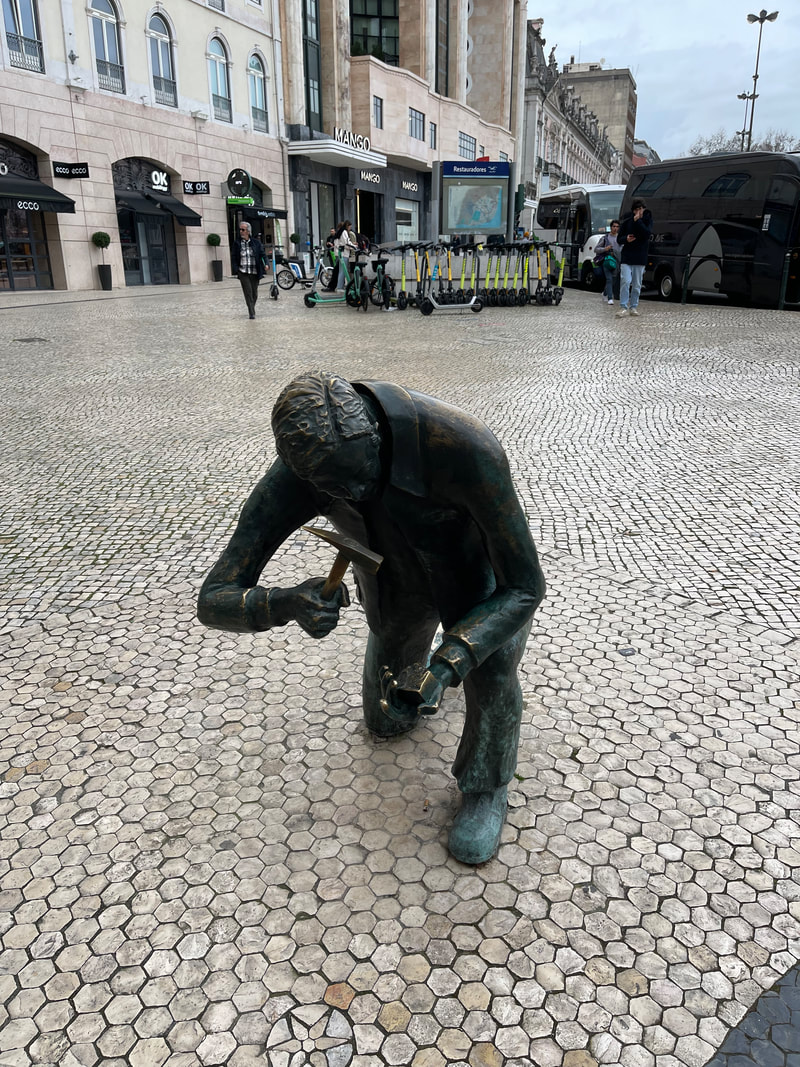
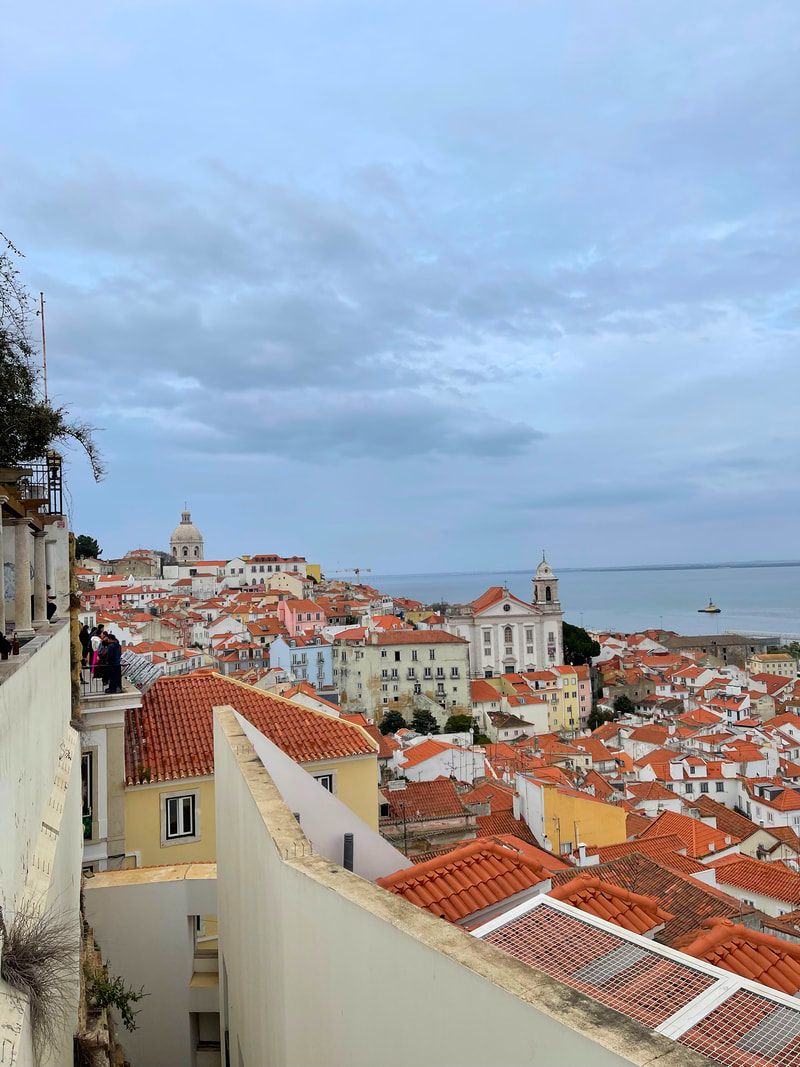
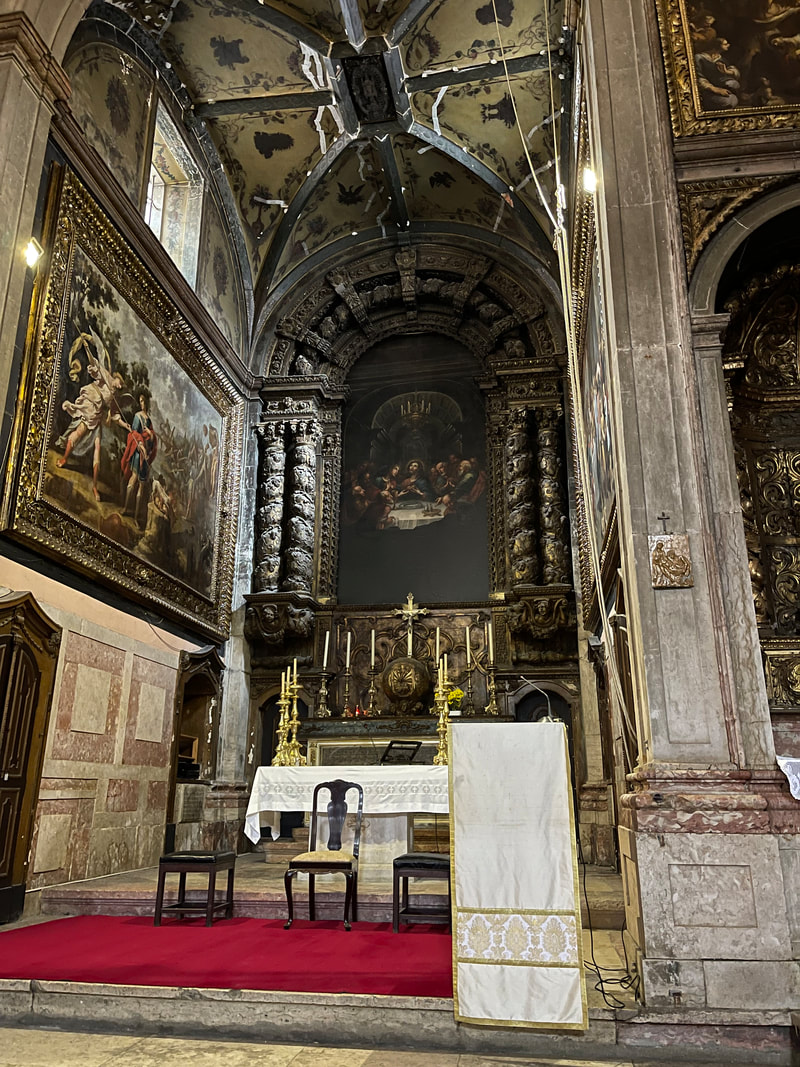

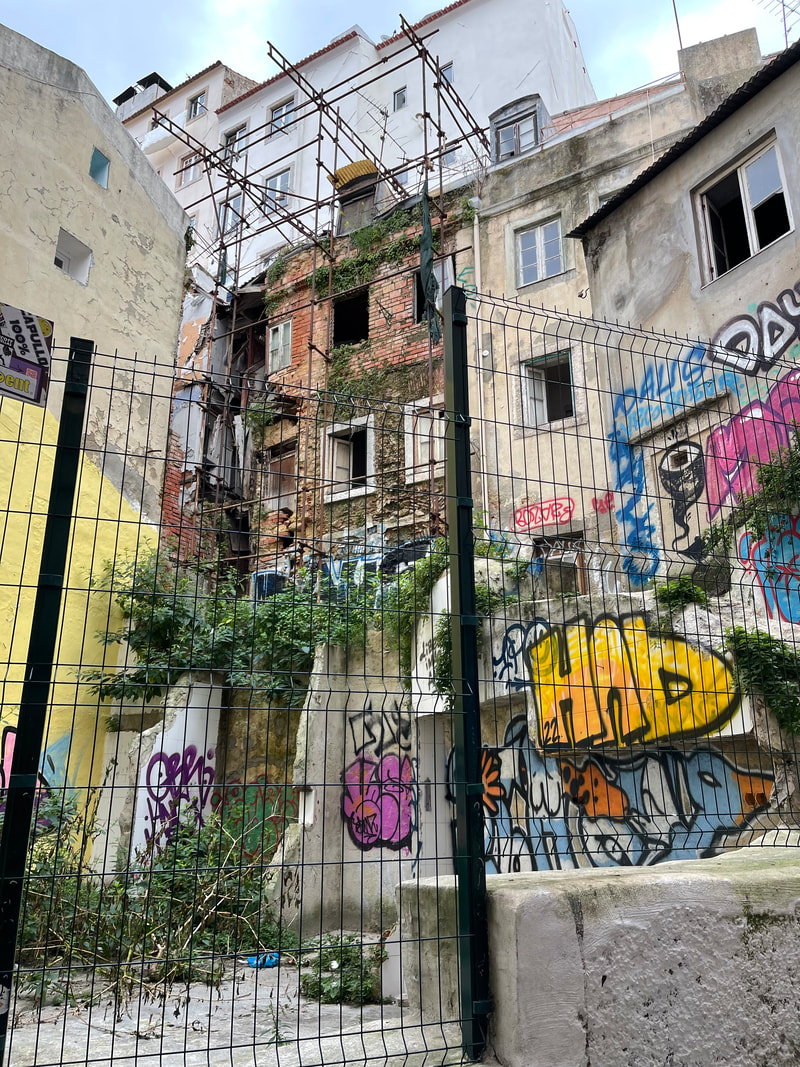
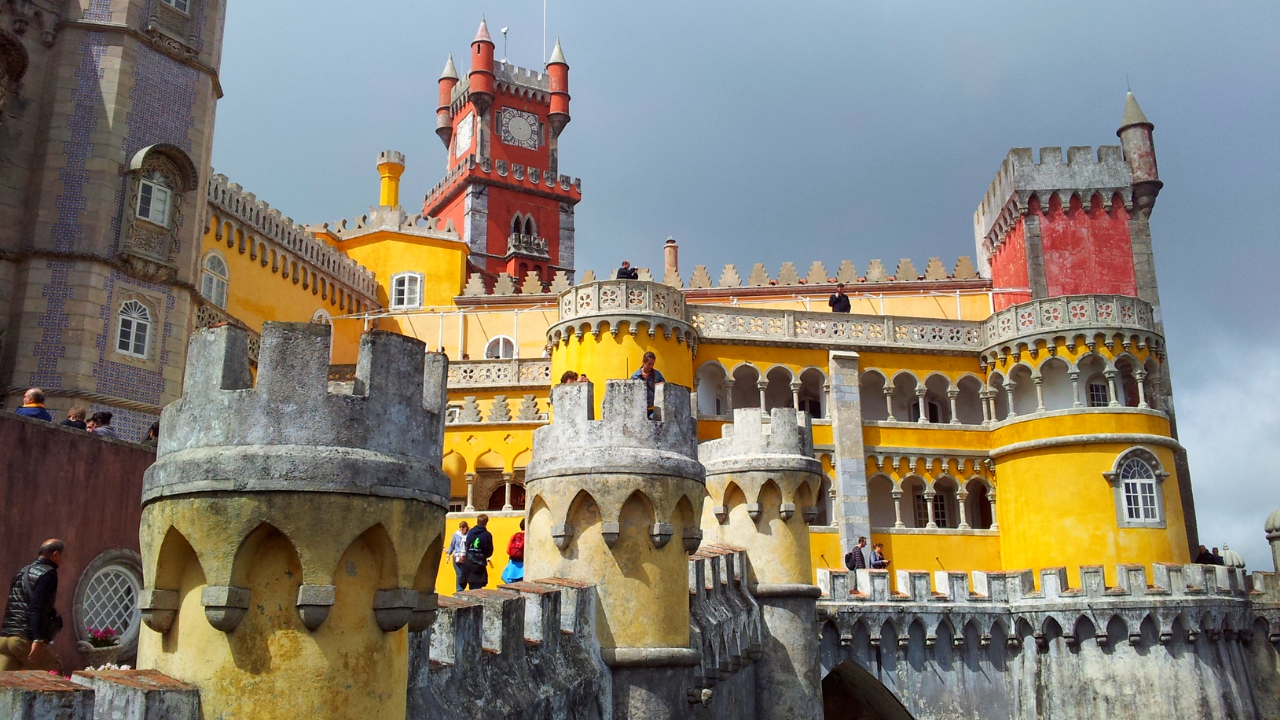


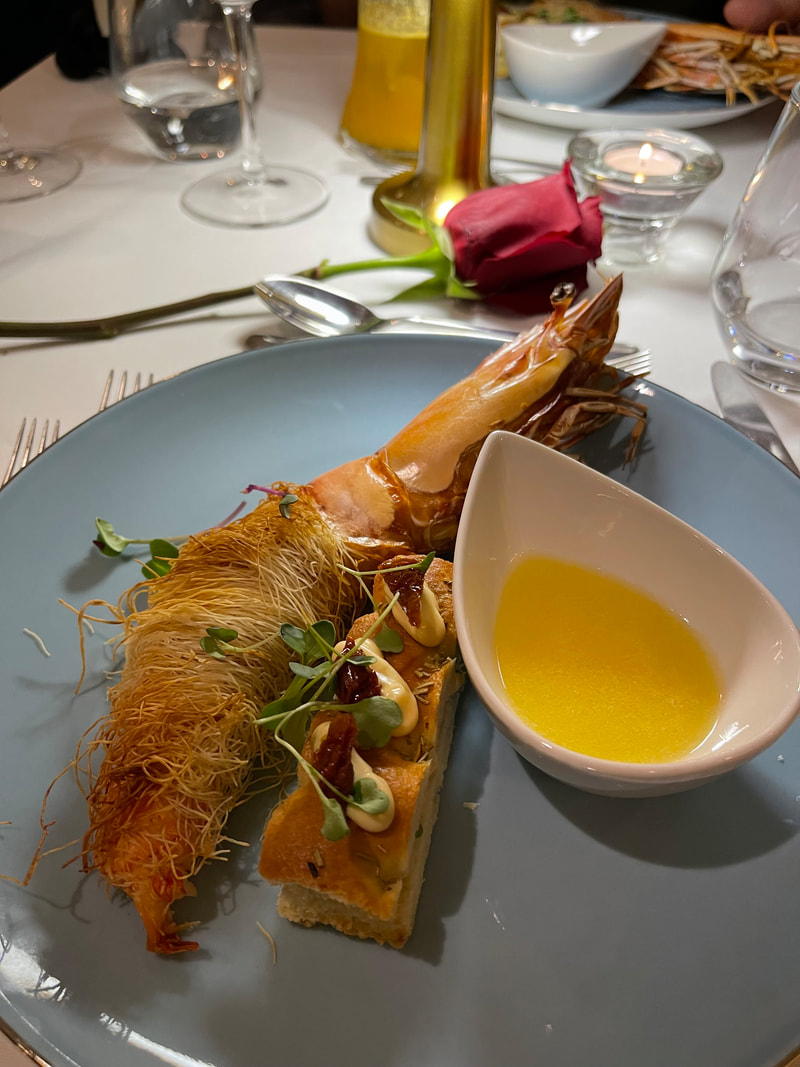

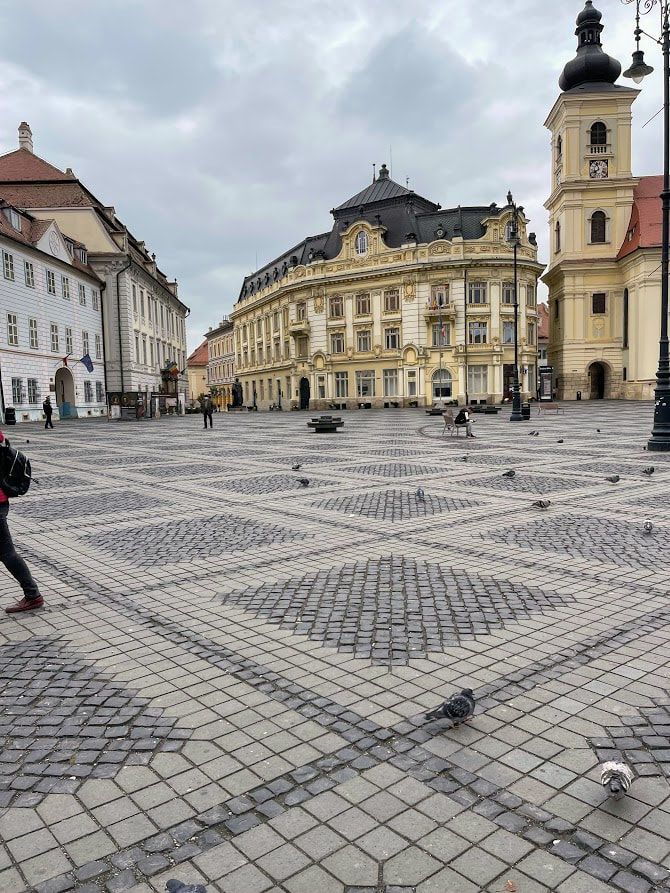
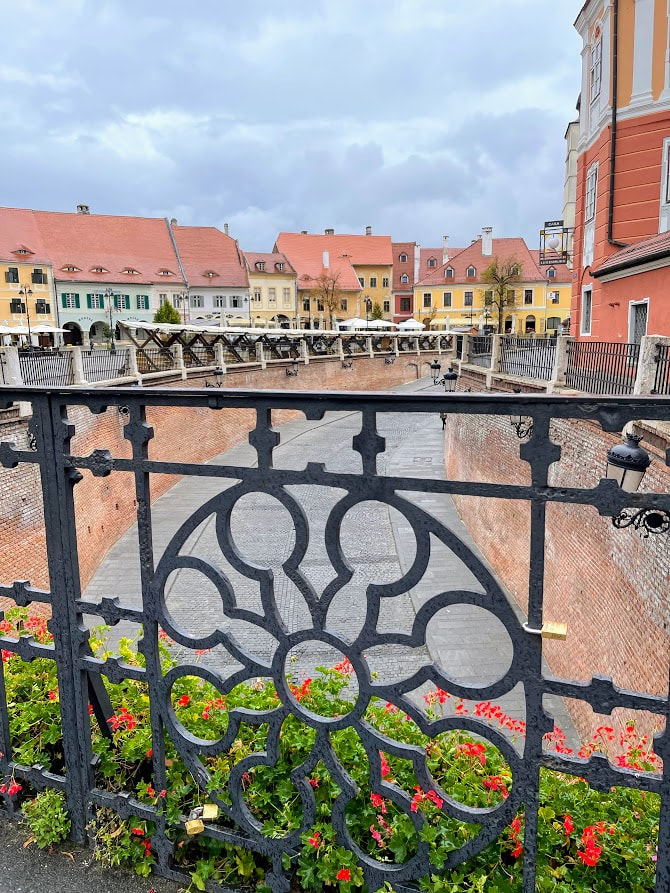
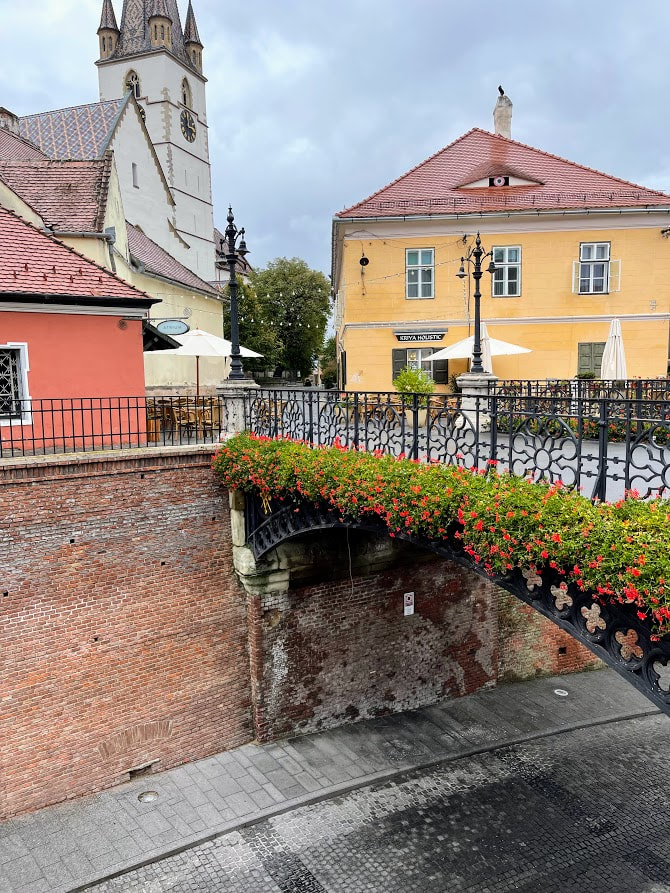
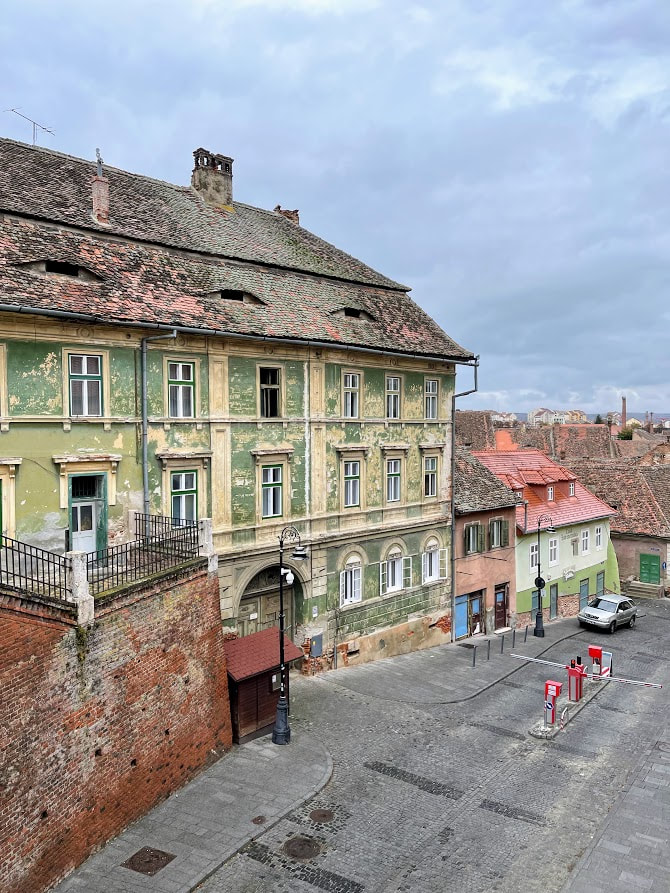
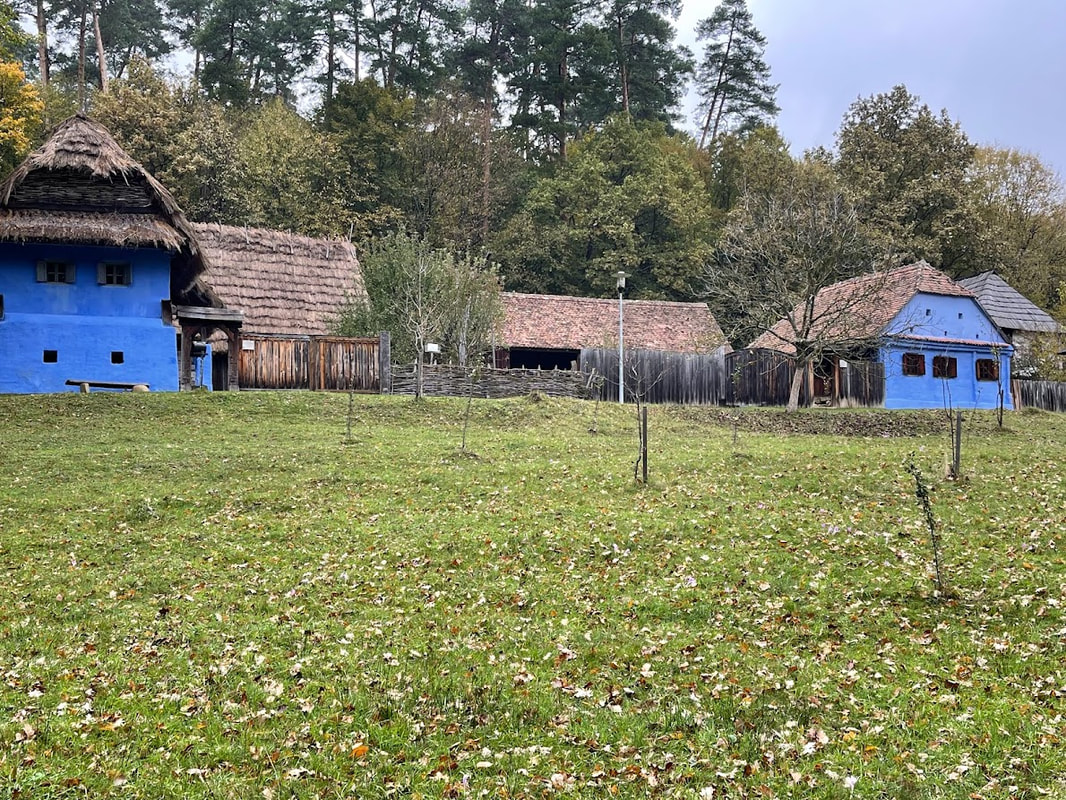
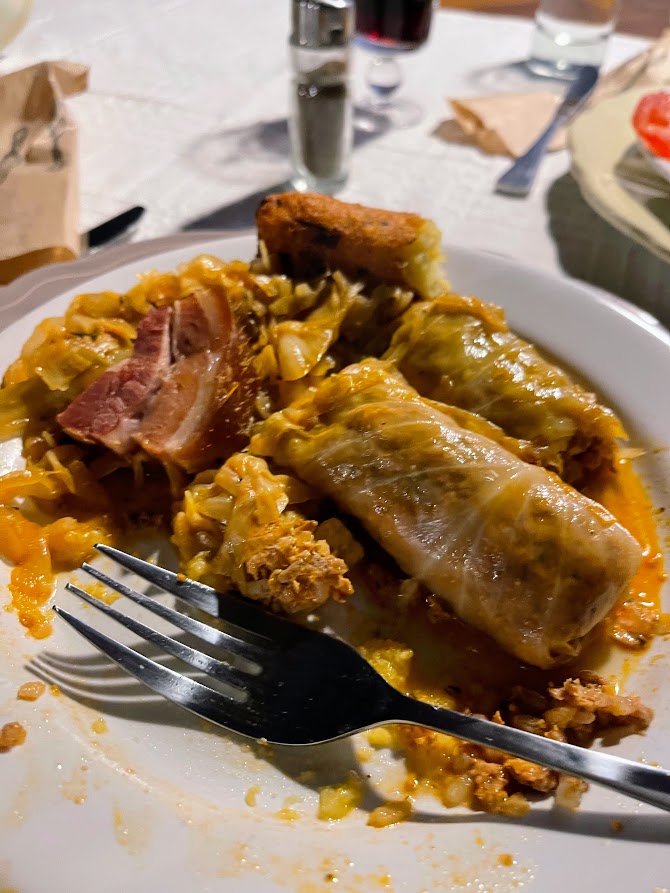
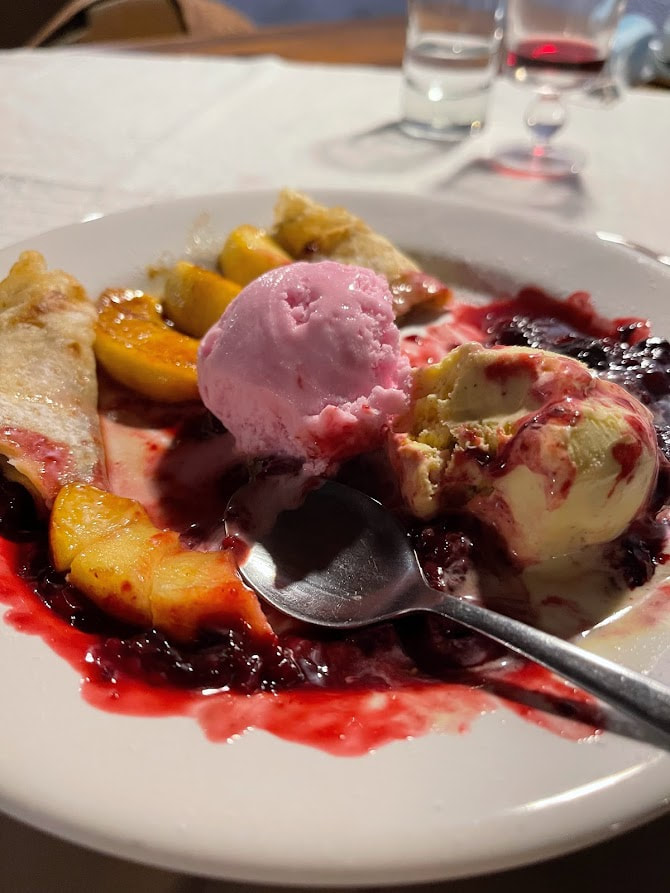
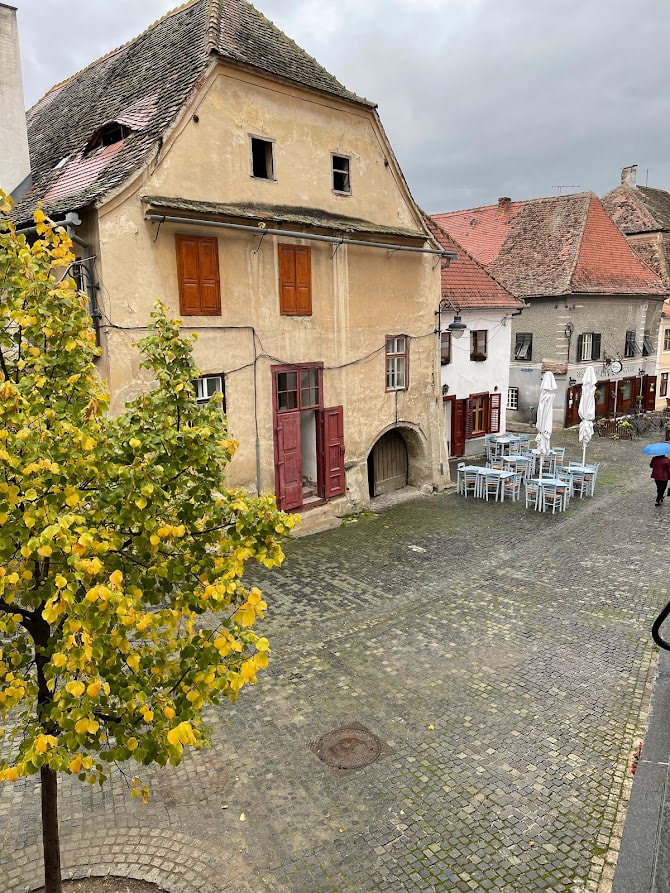

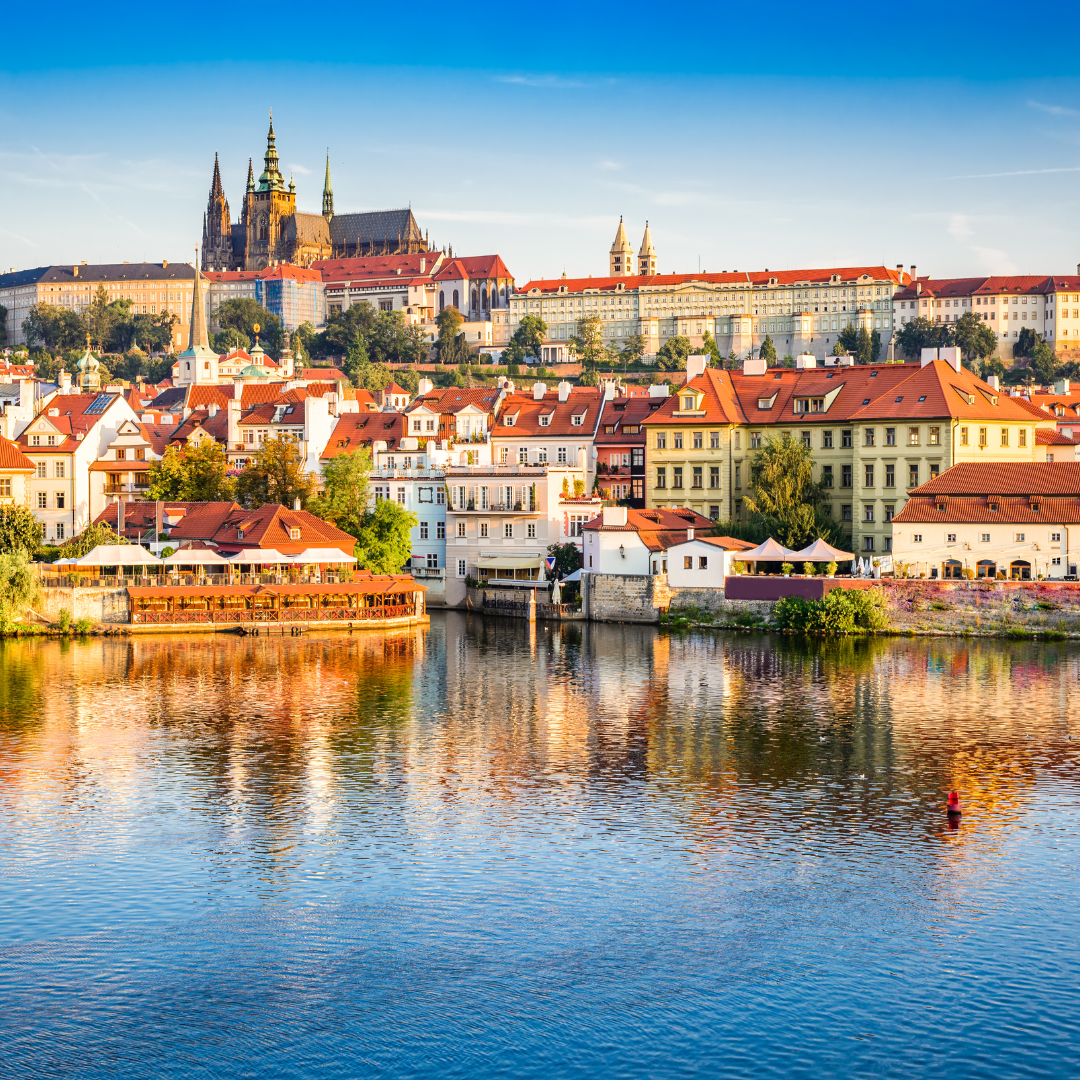
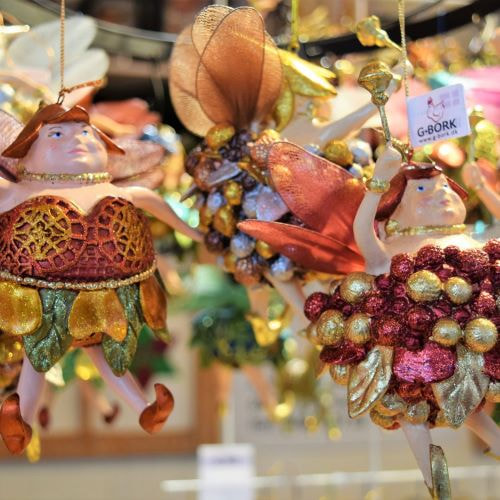

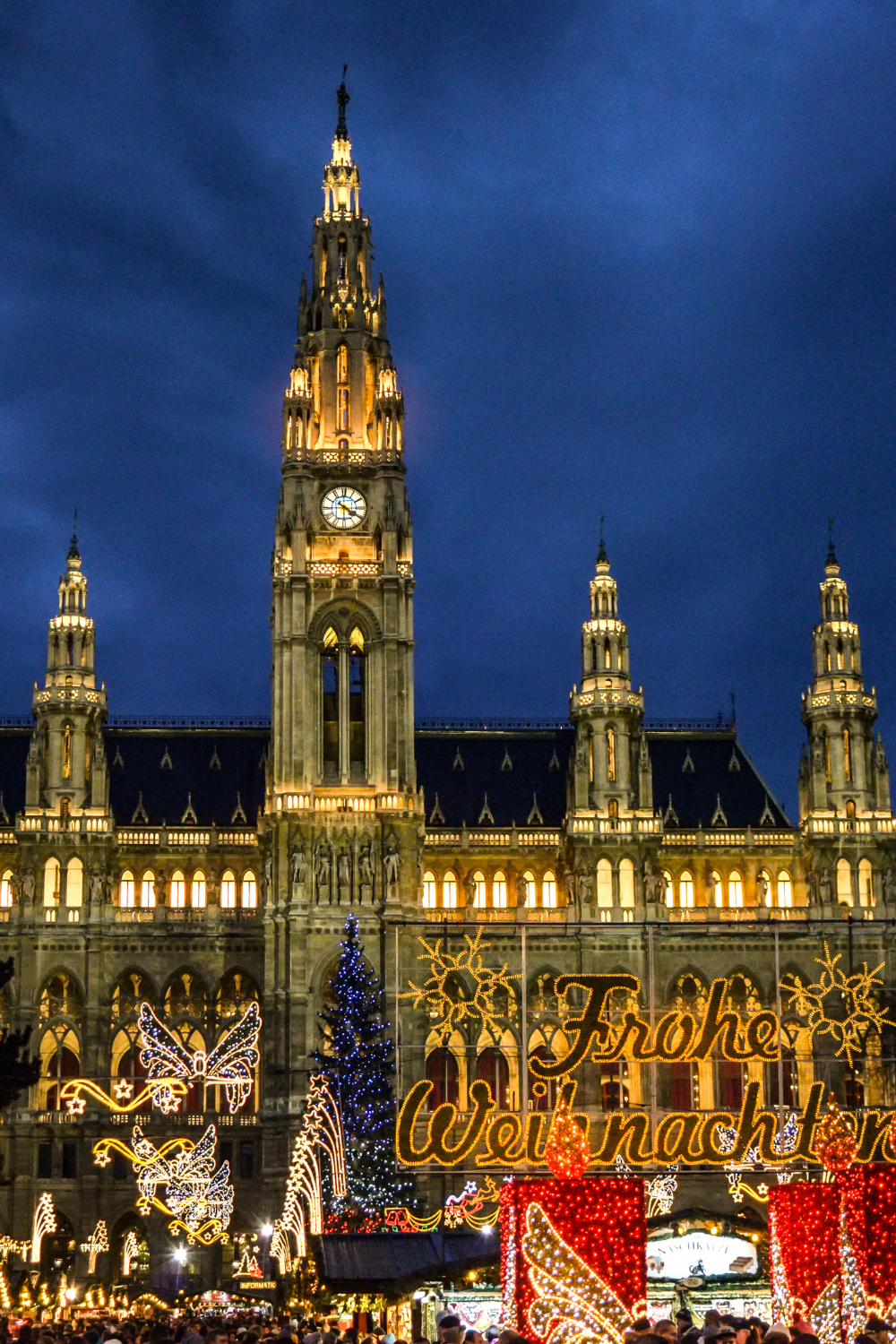
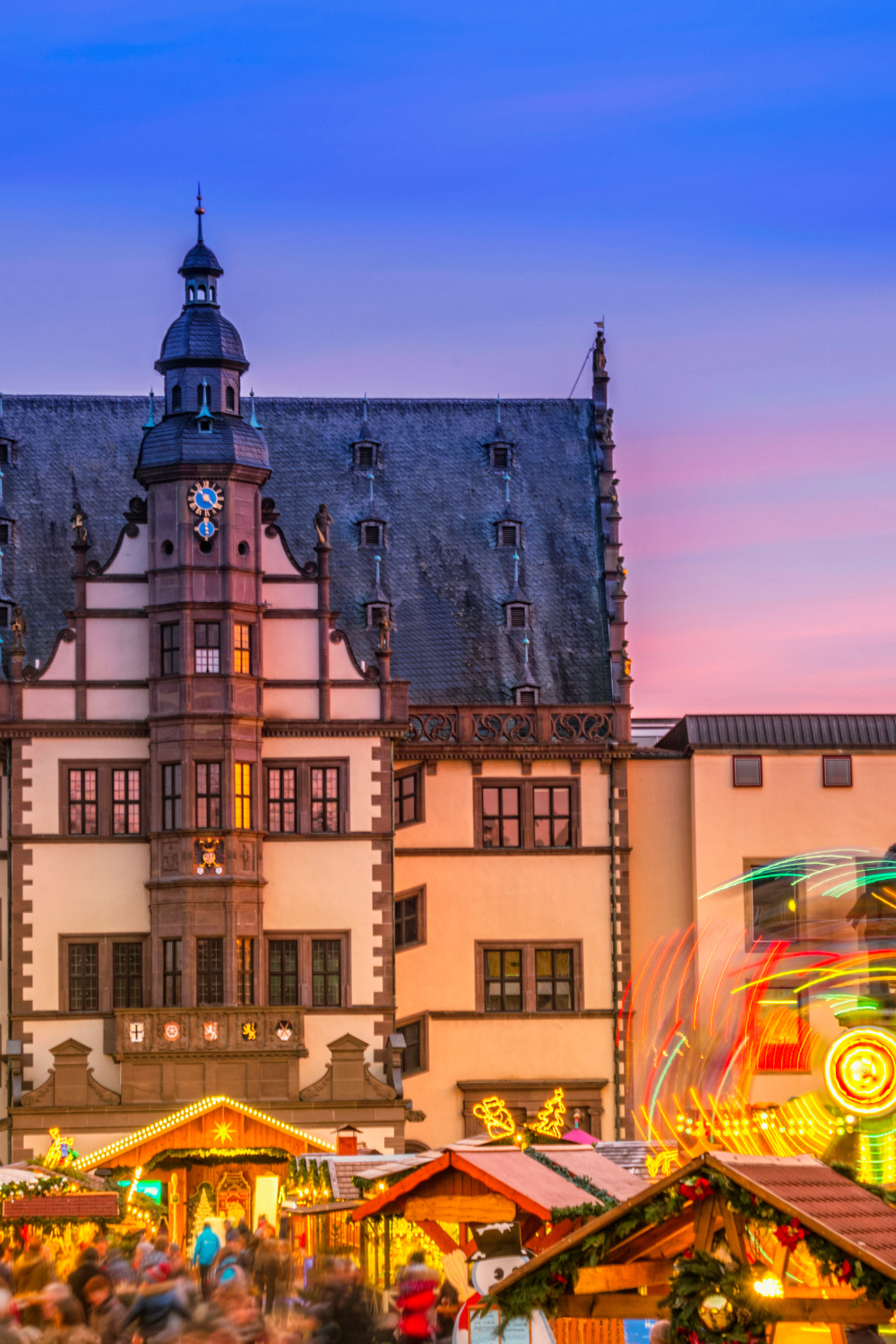
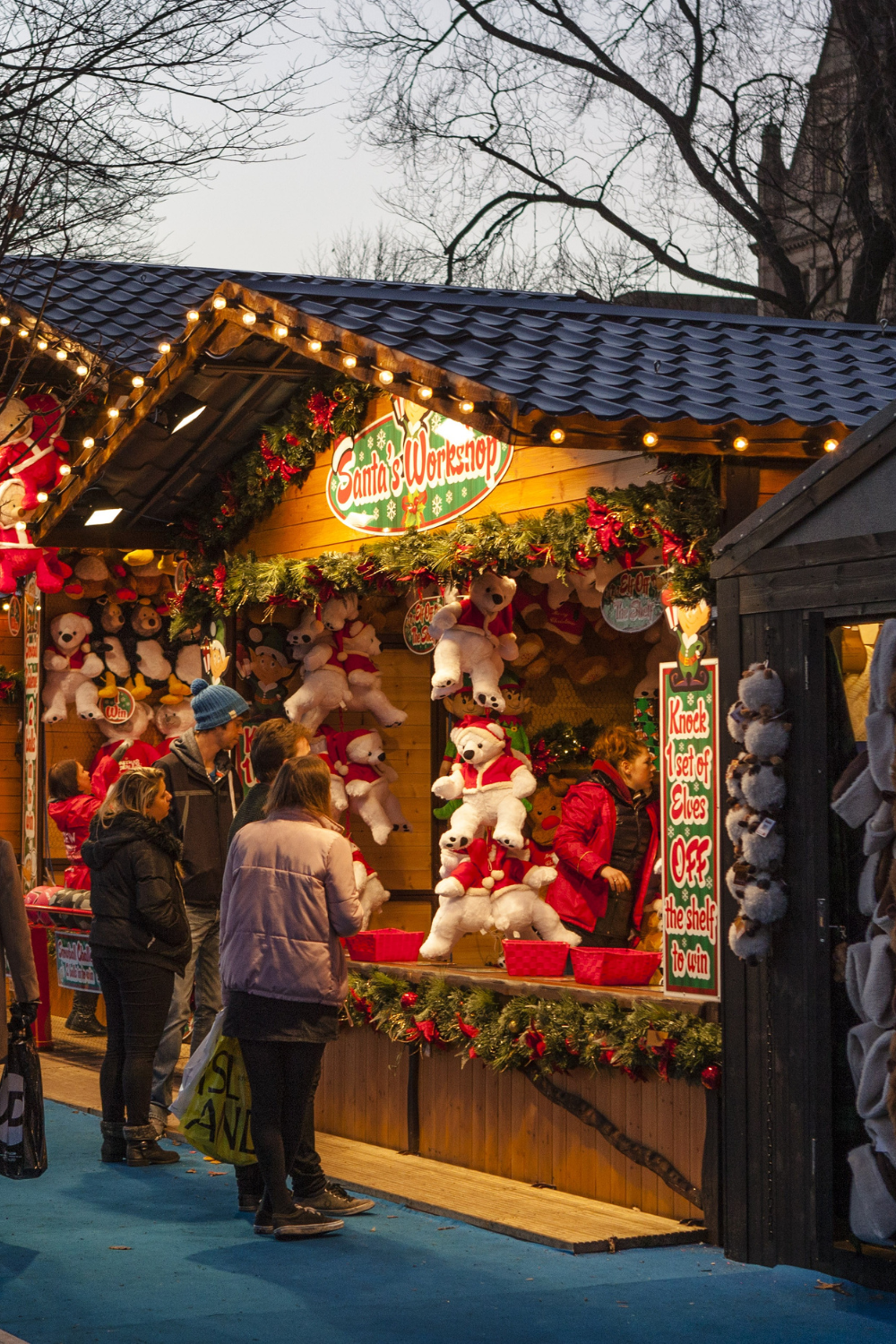
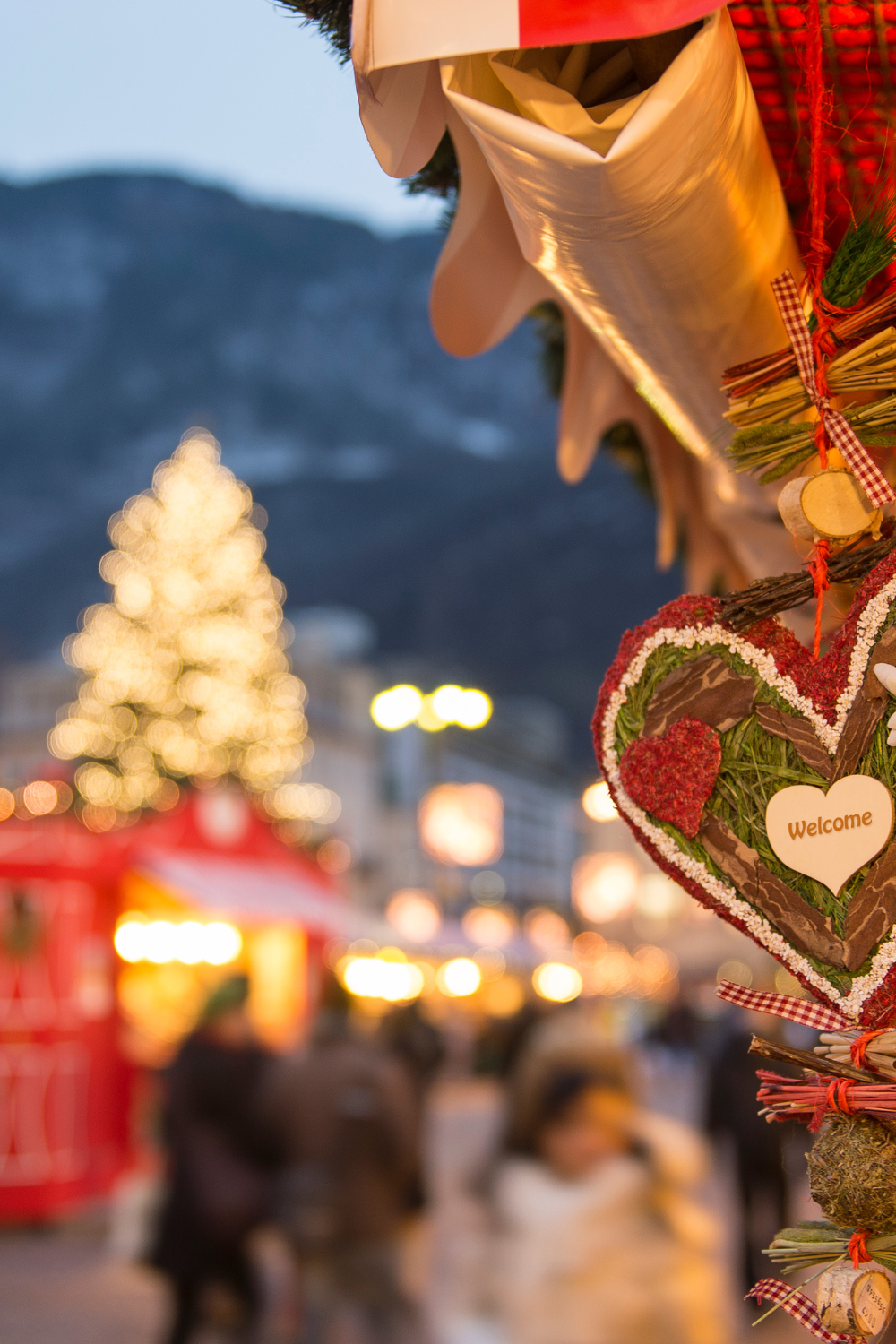
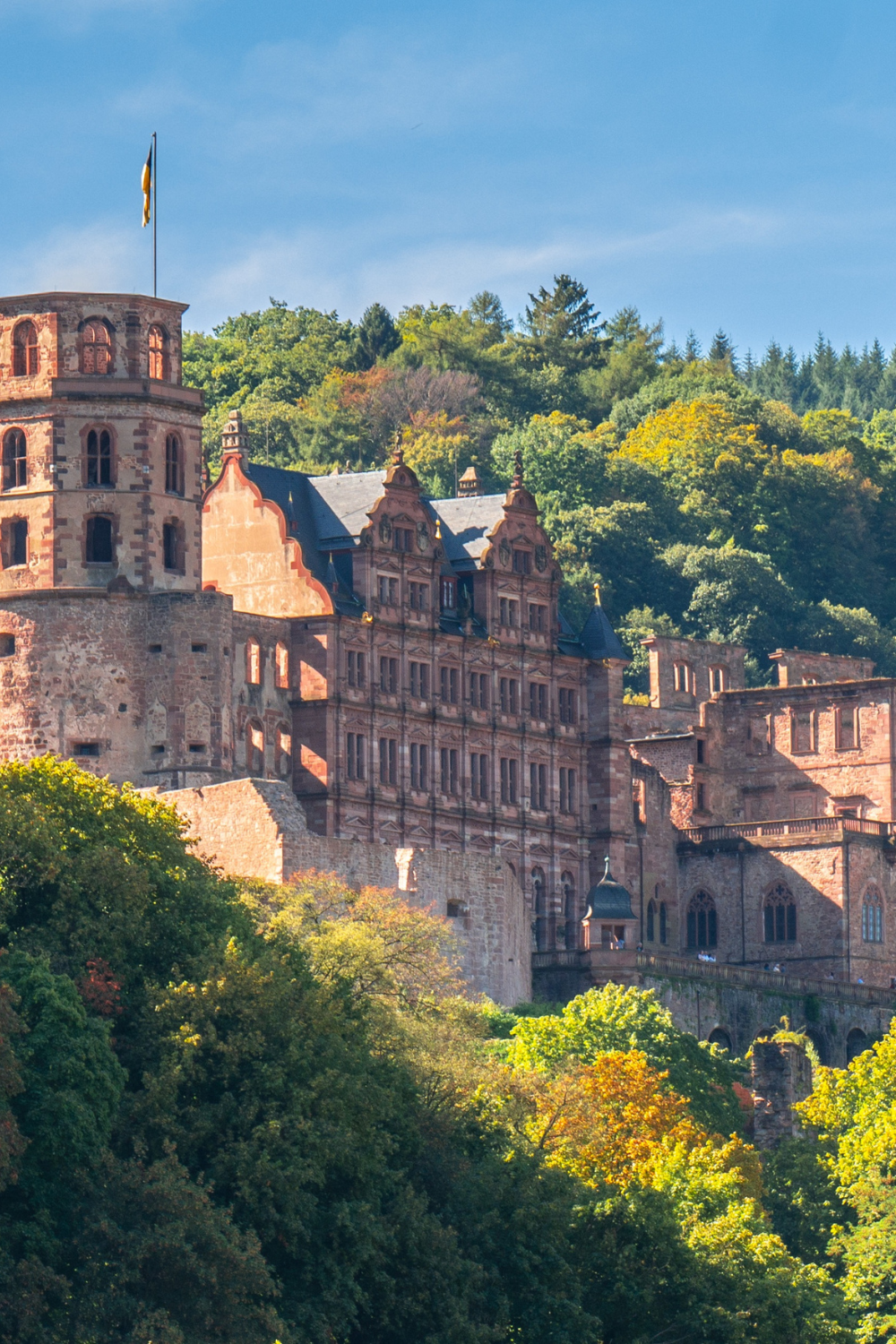


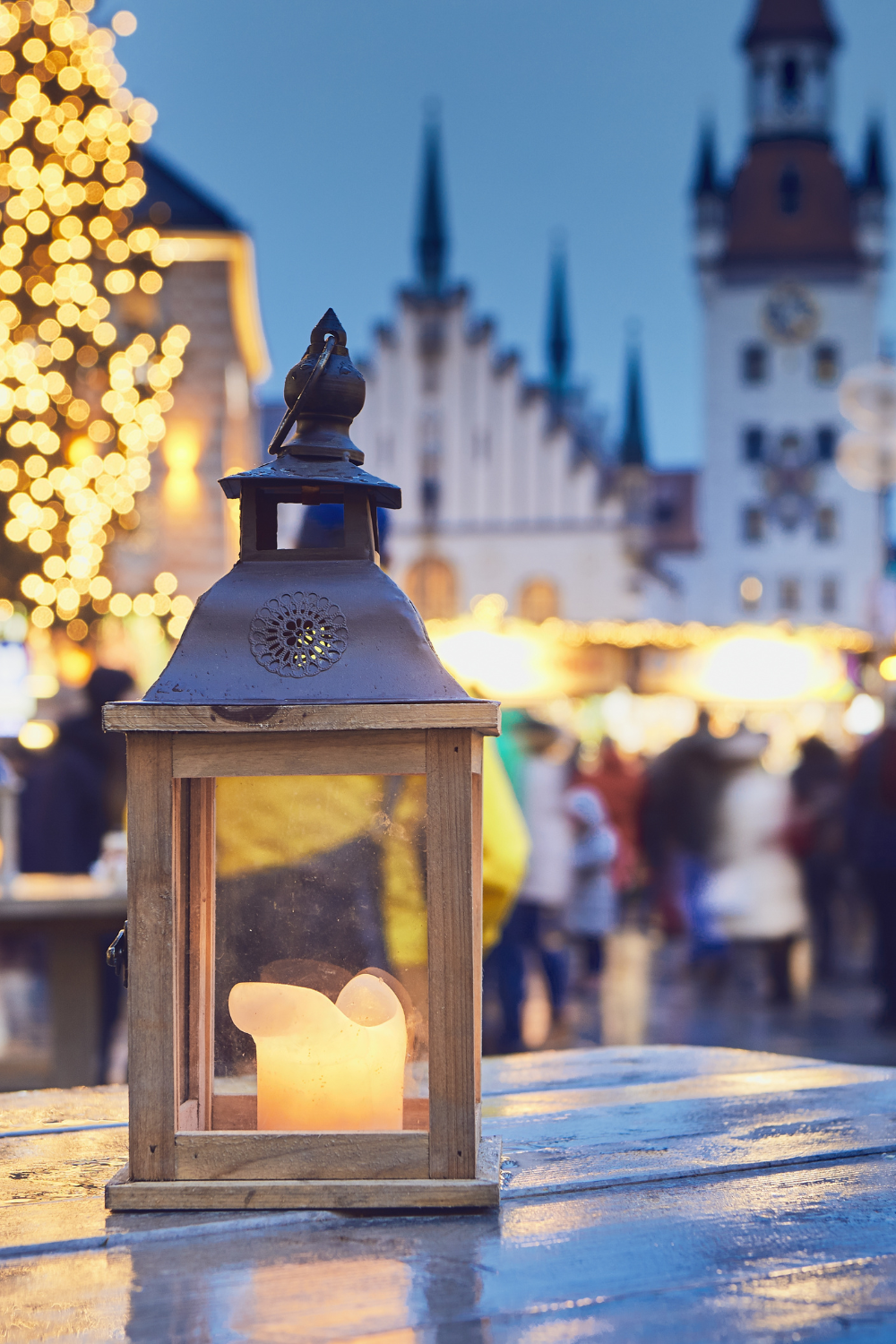

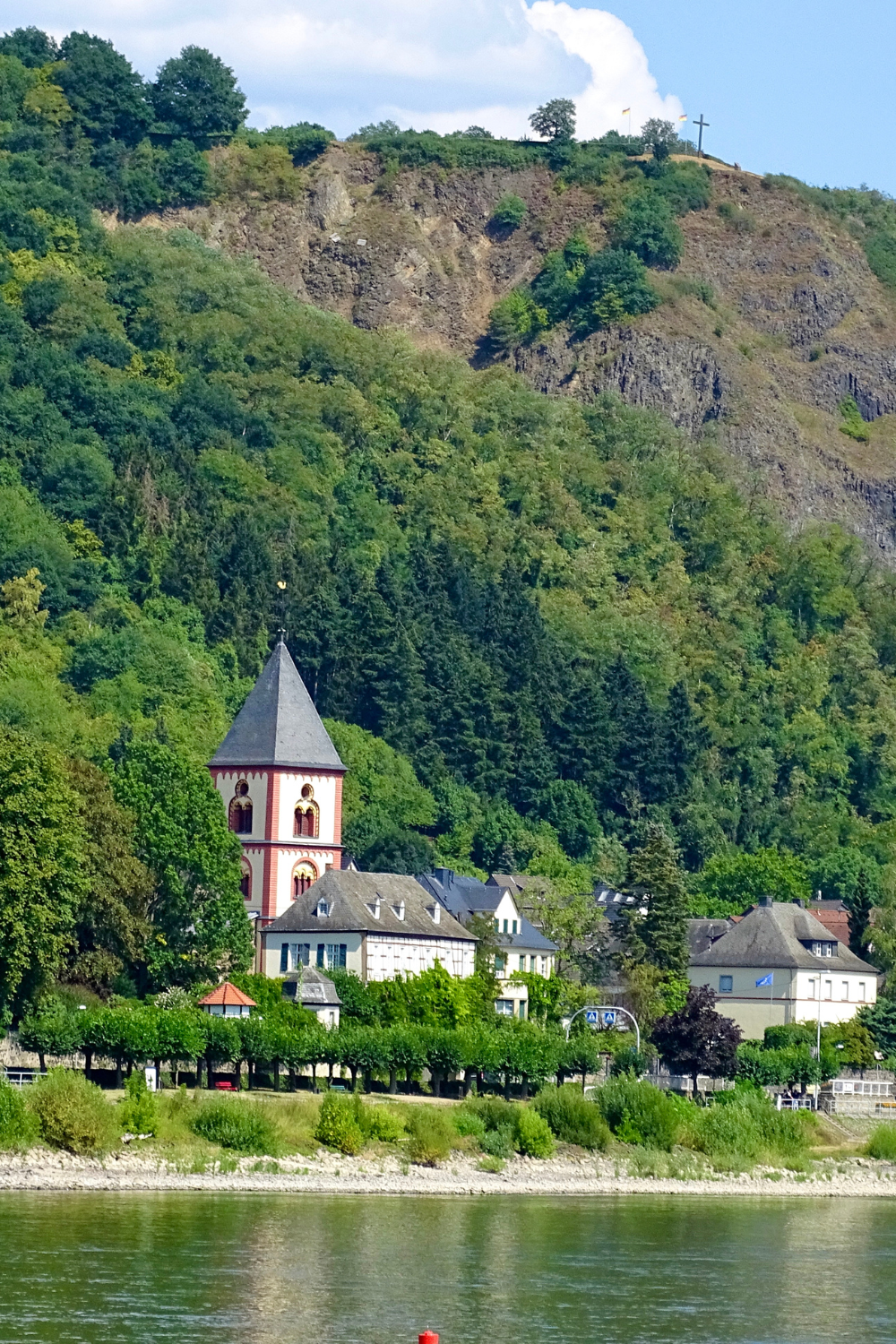

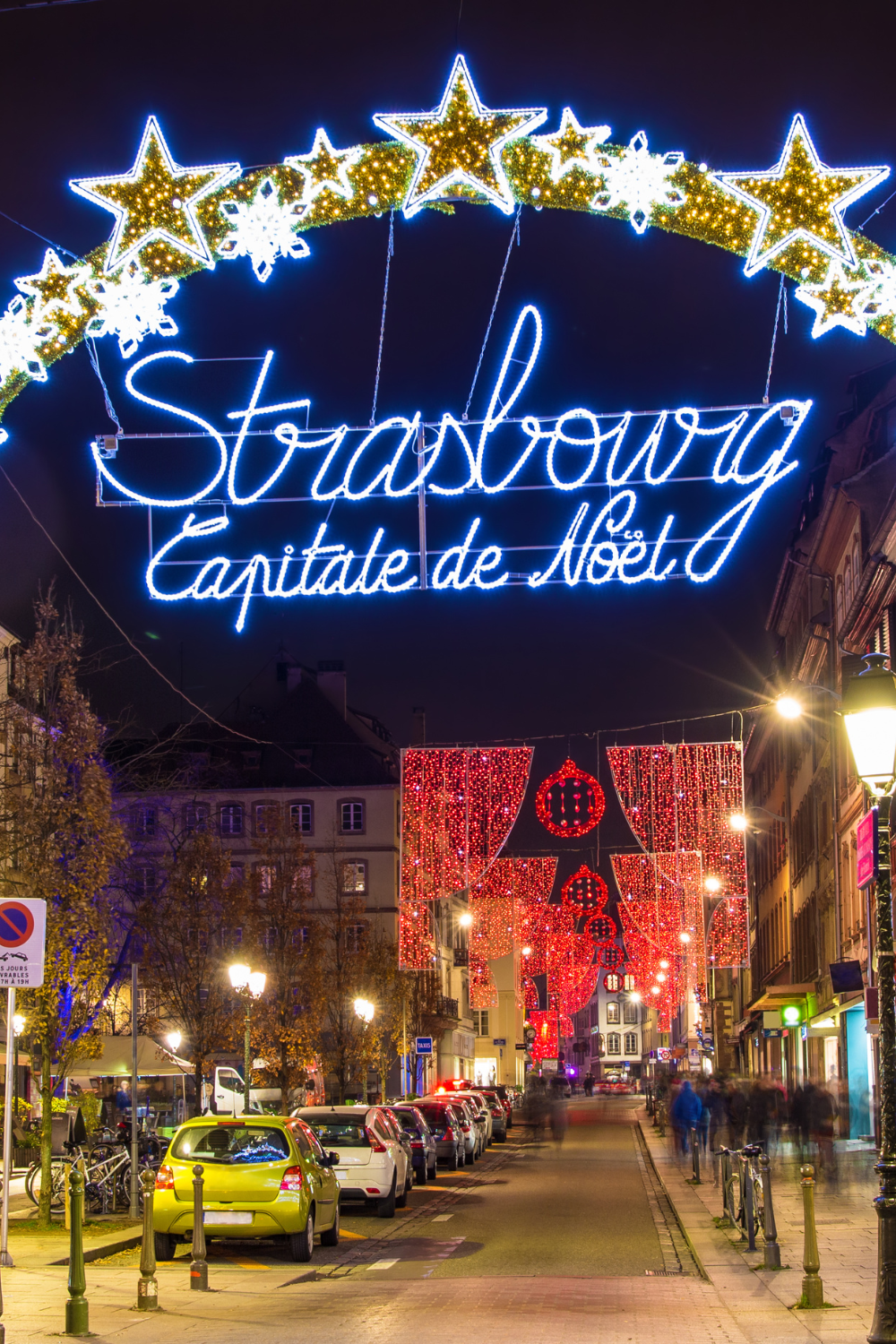
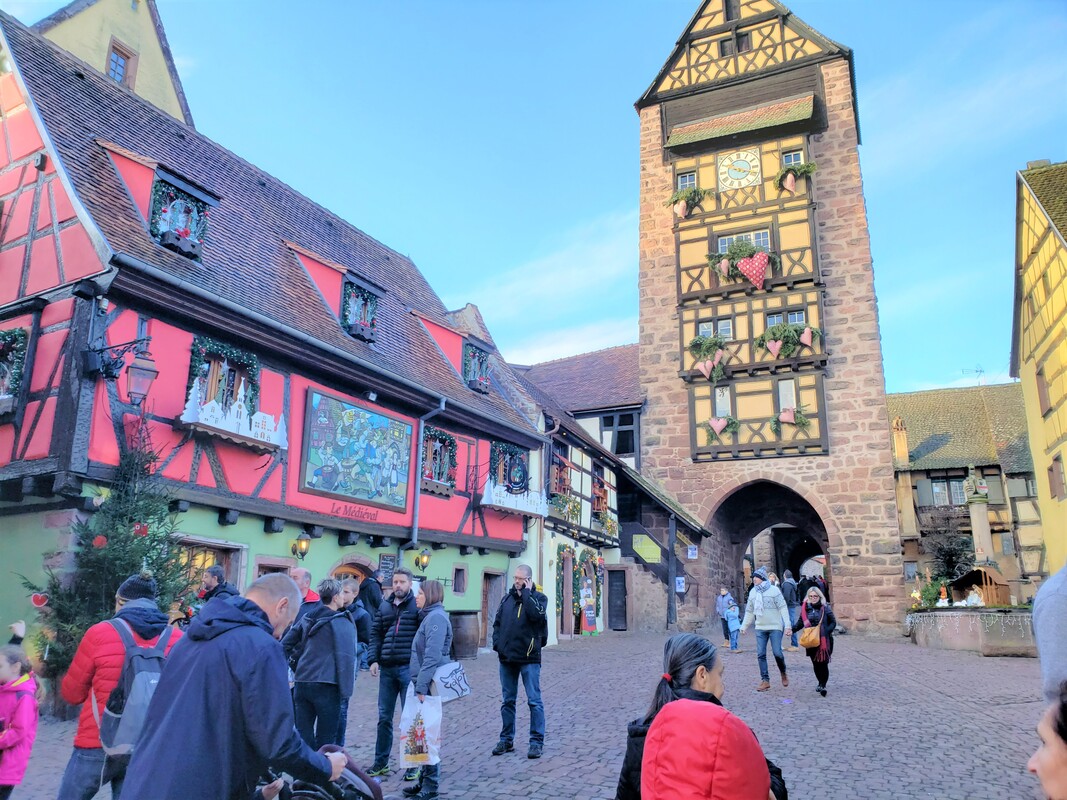
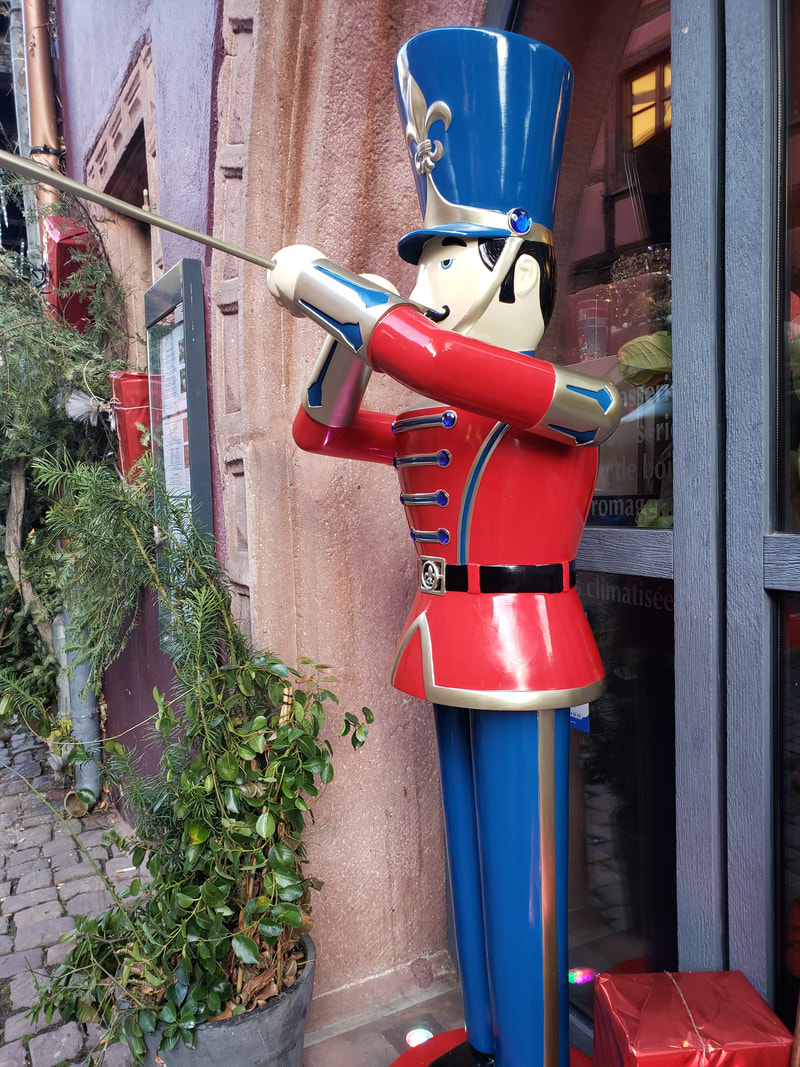

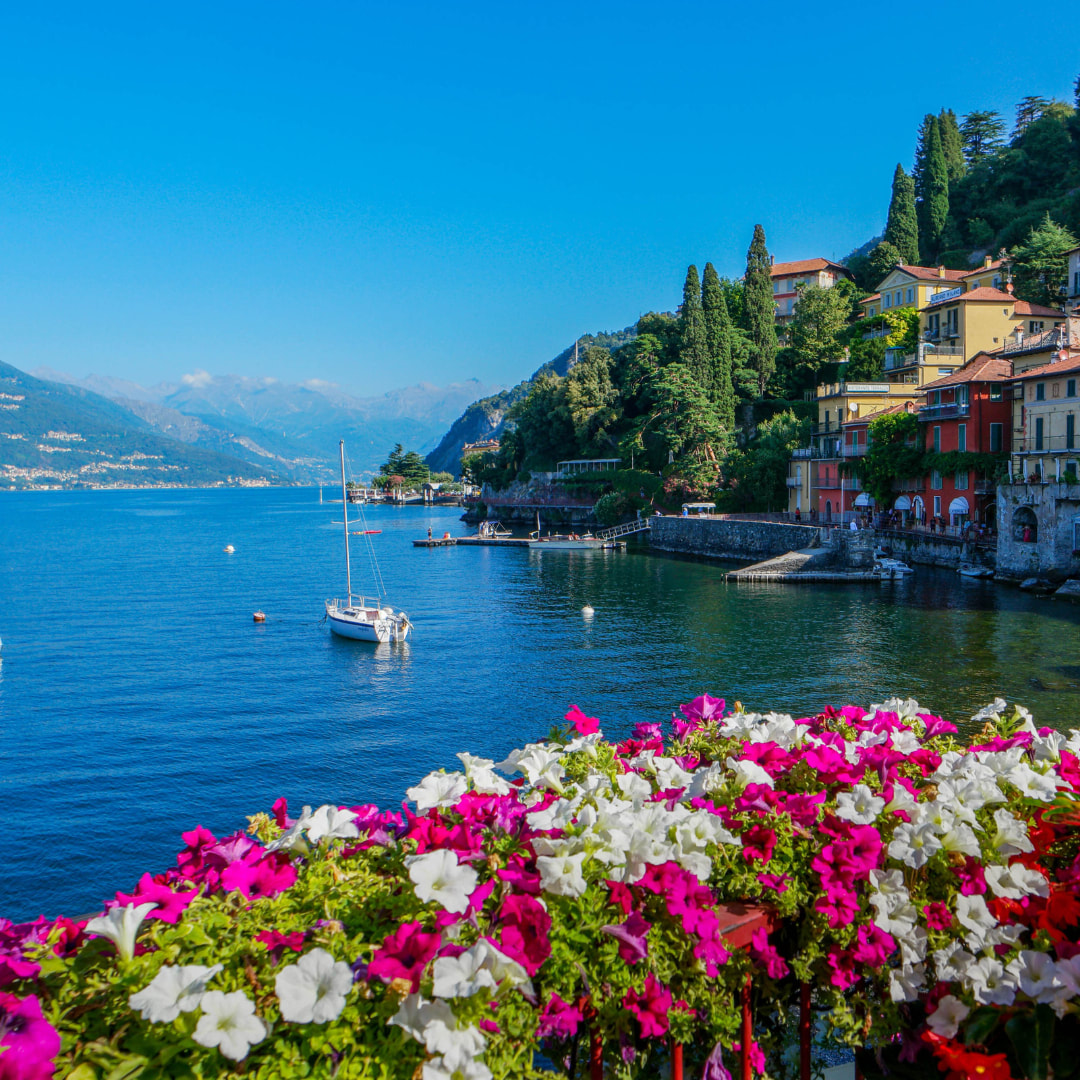
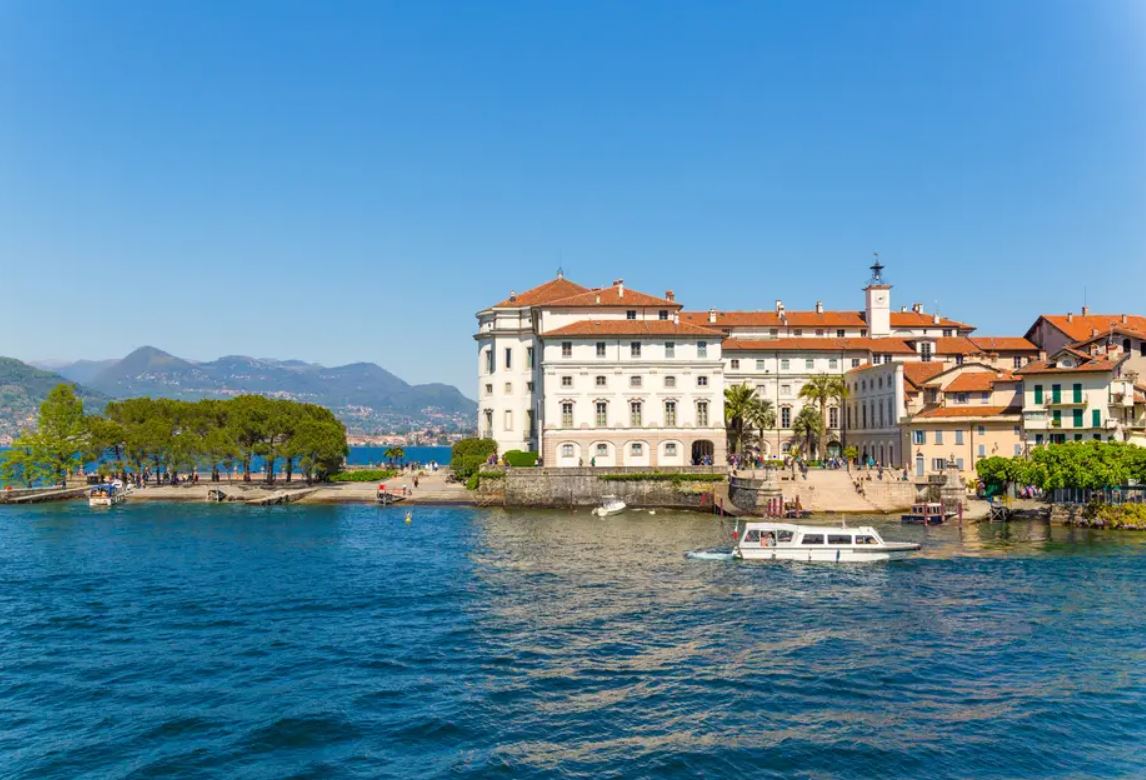
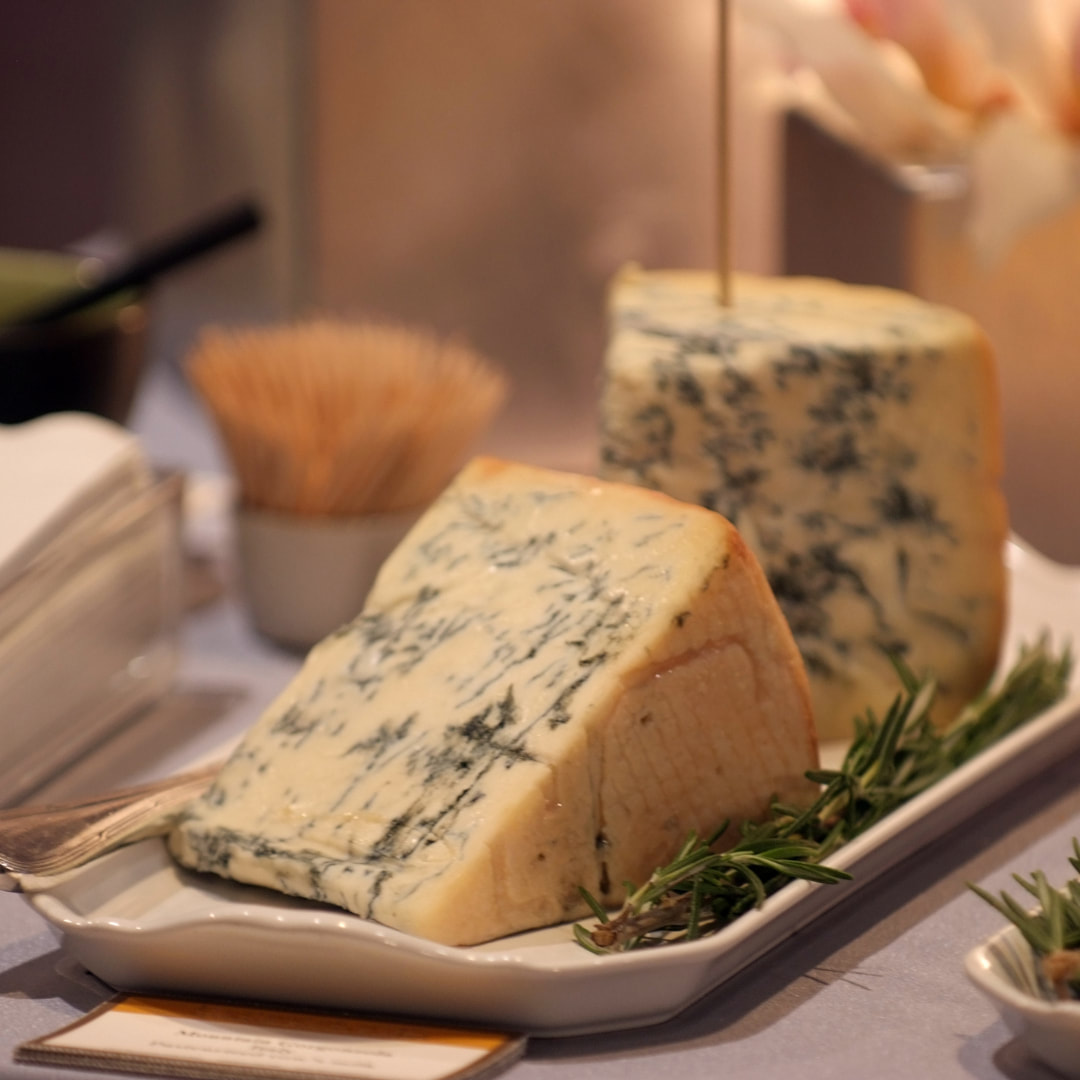
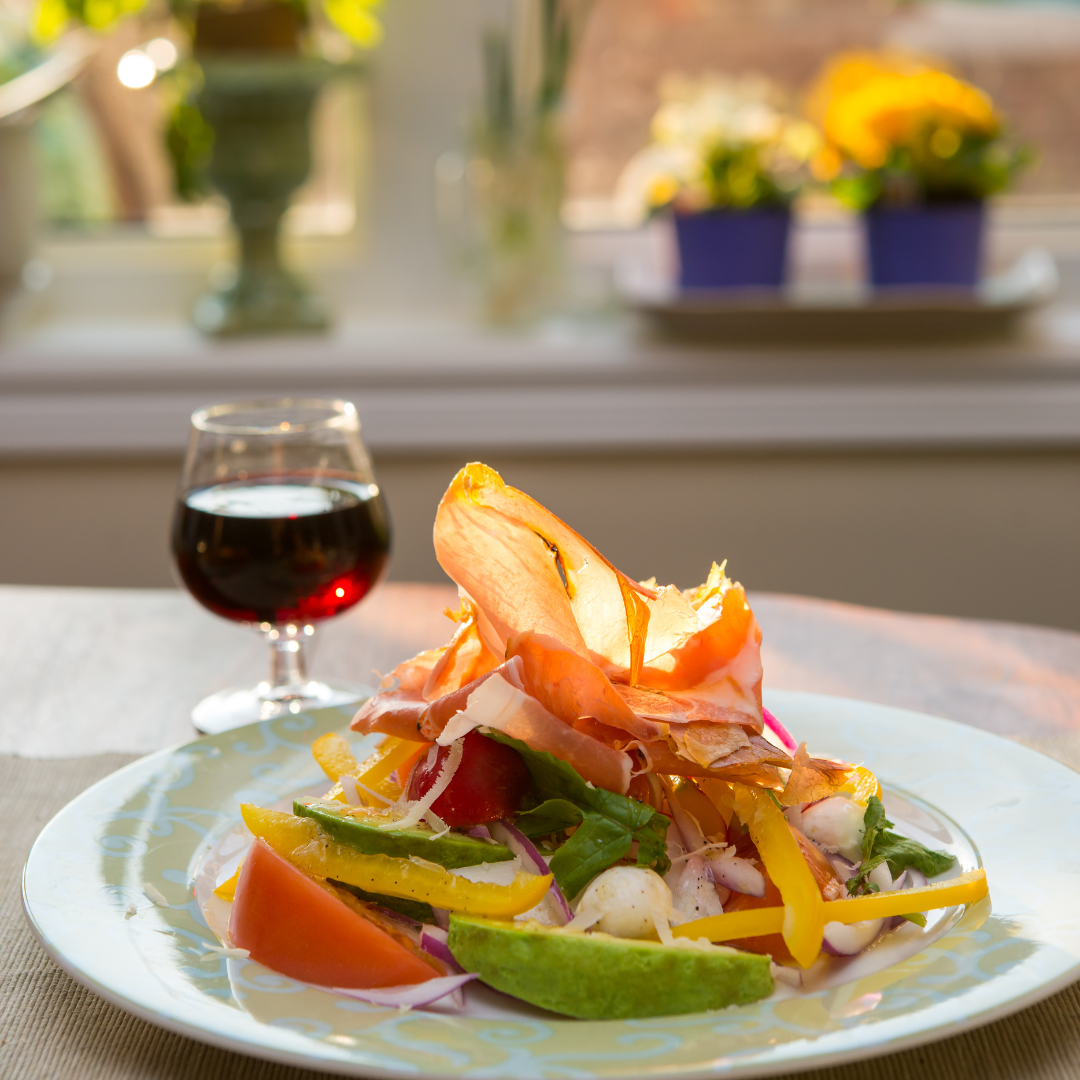
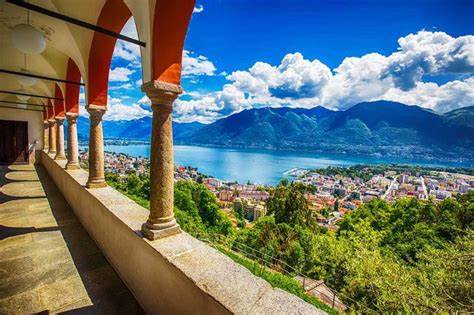
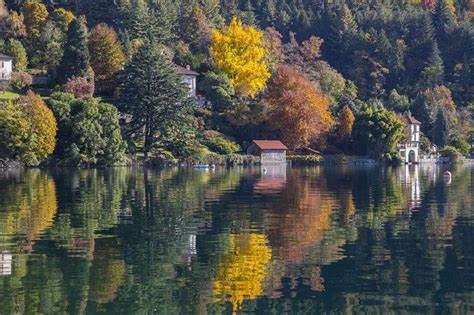
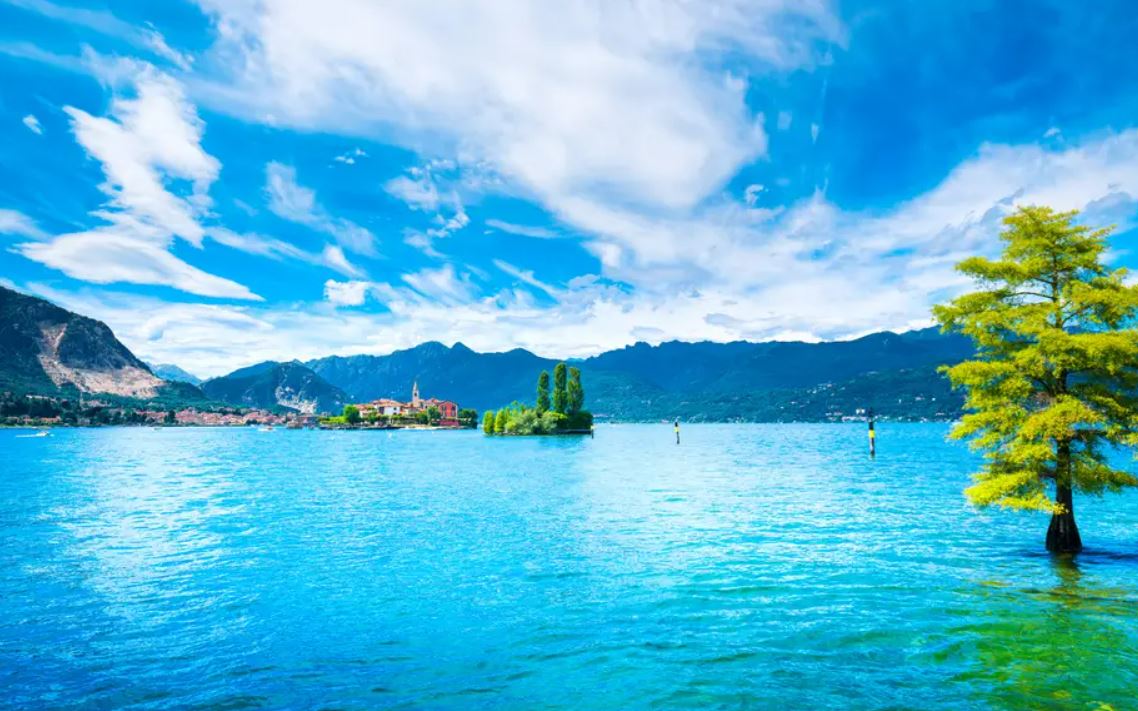

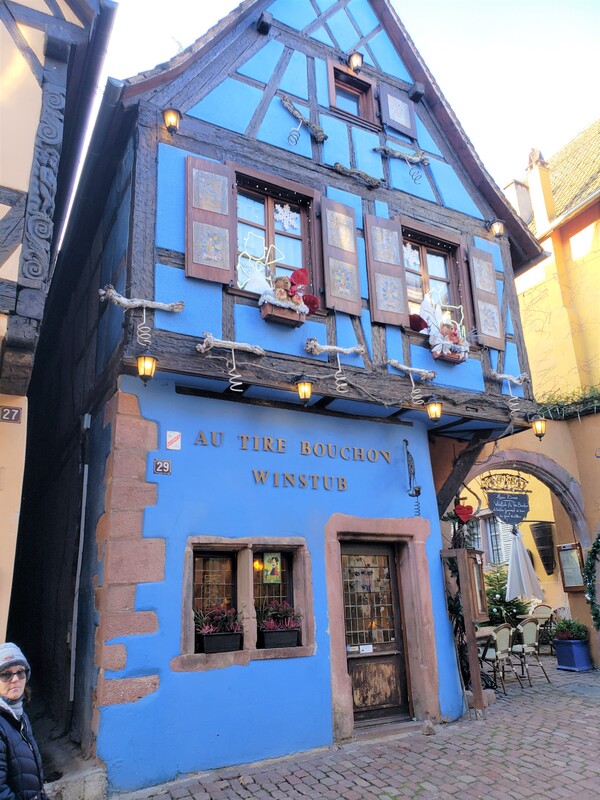
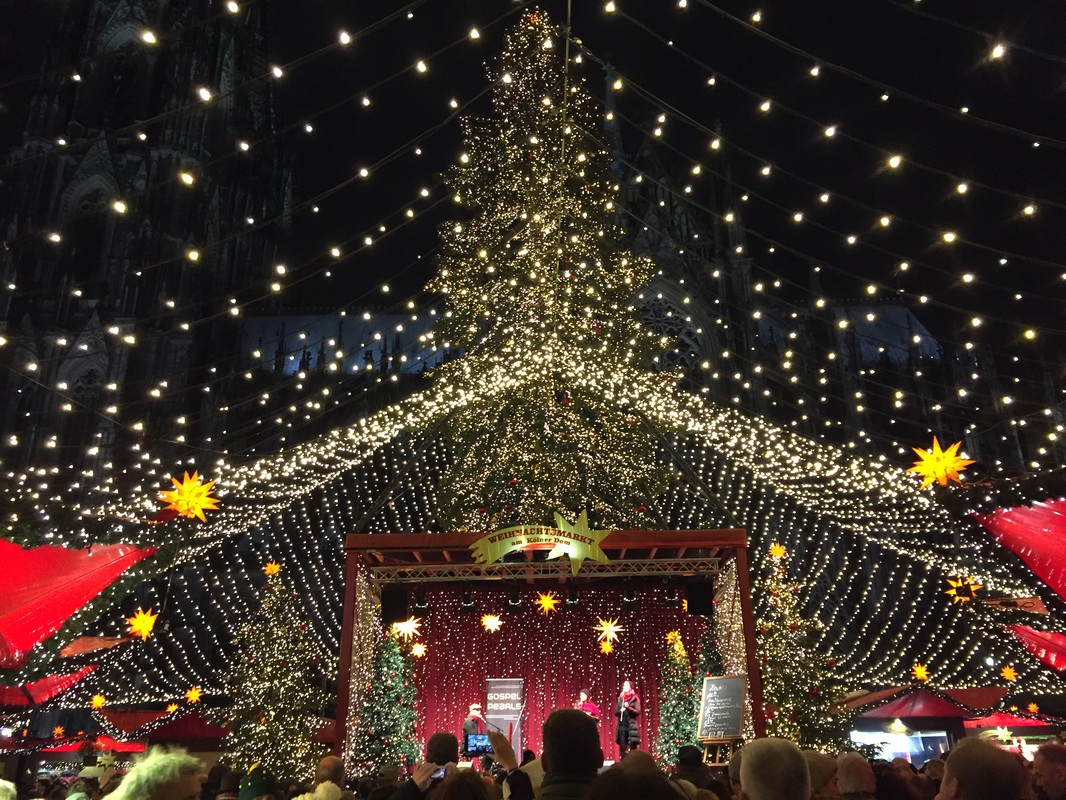
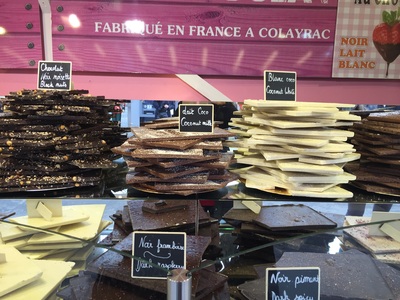
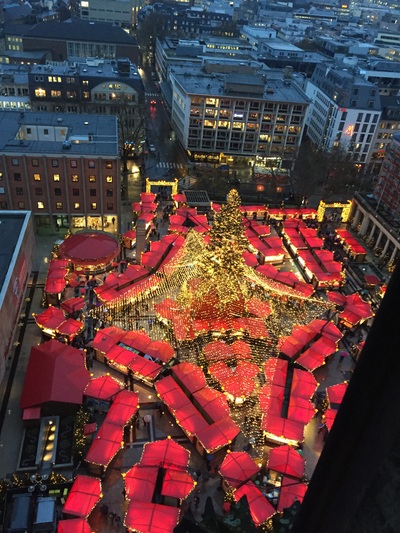
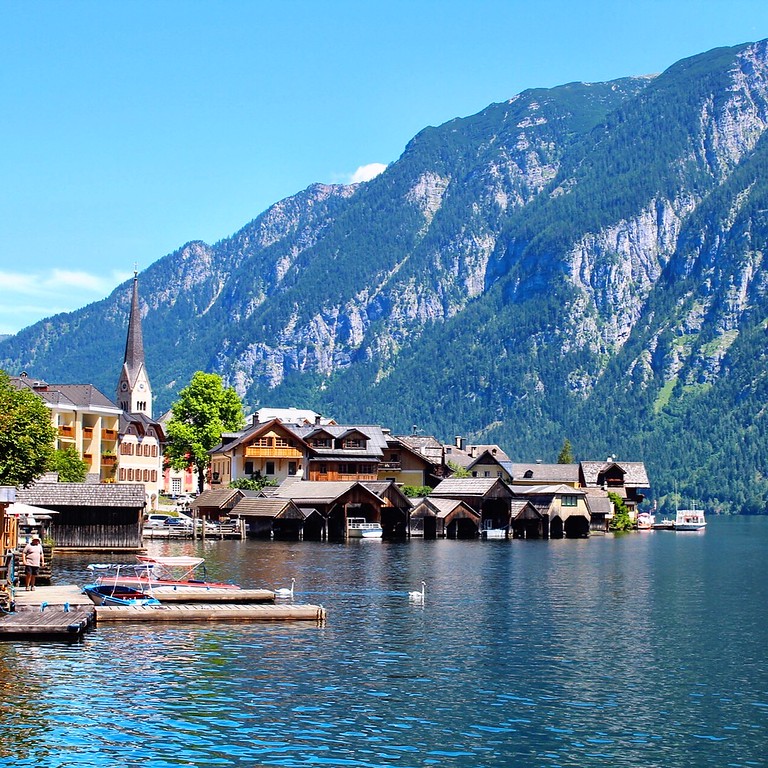
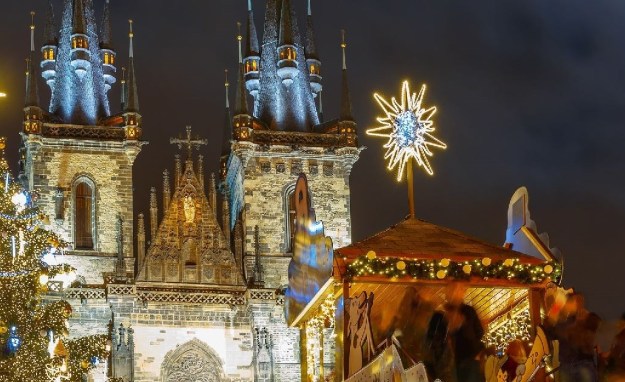

 RSS Feed
RSS Feed
